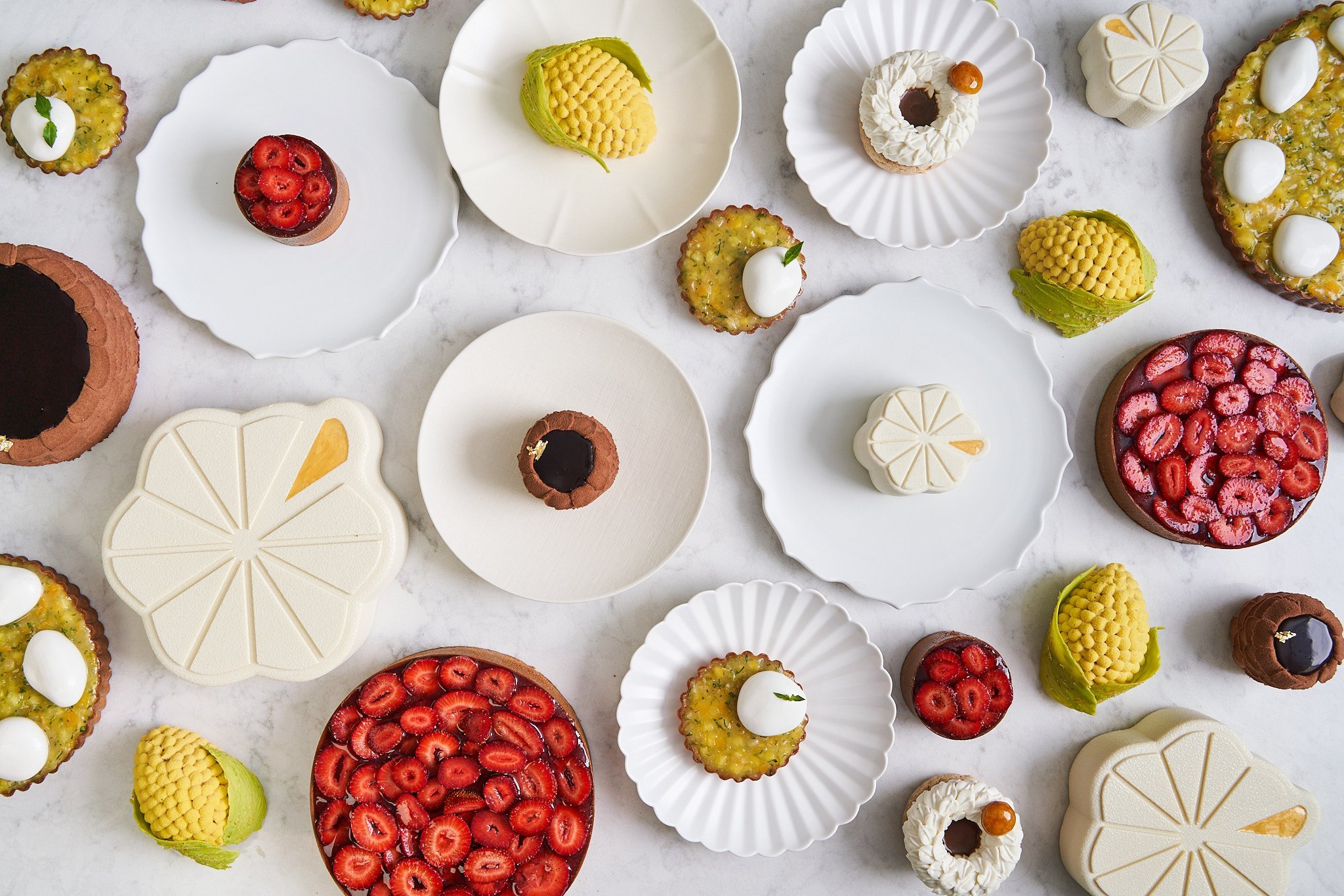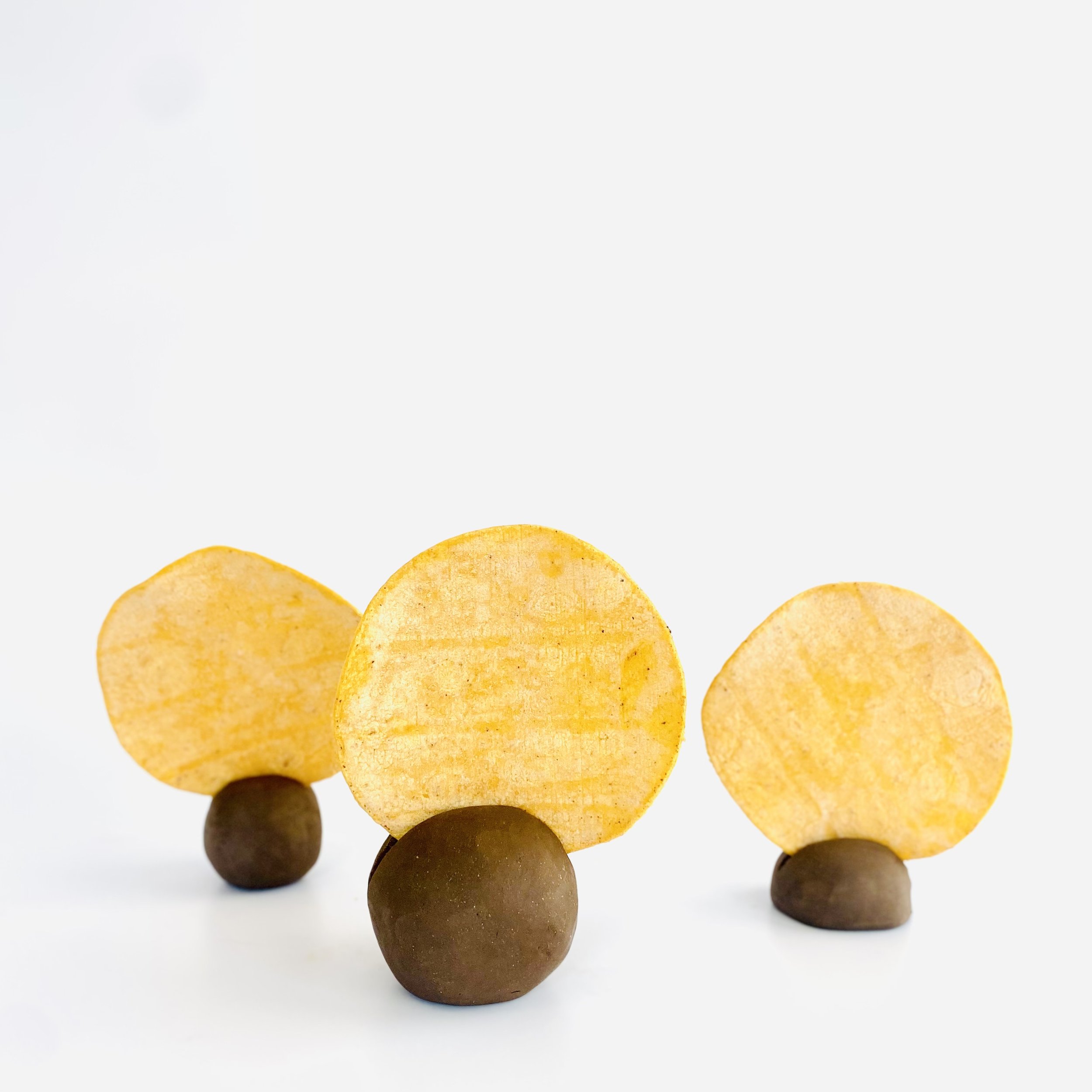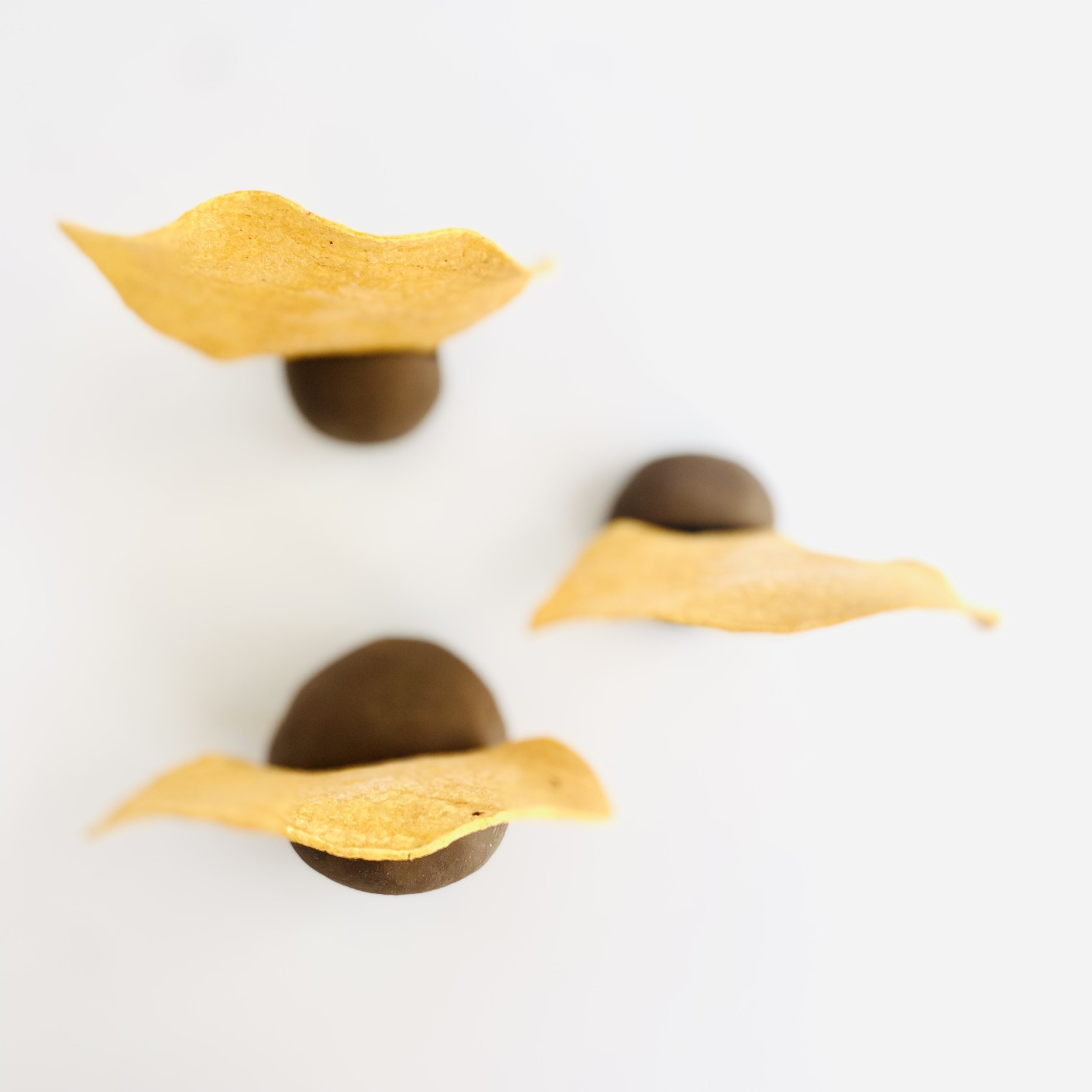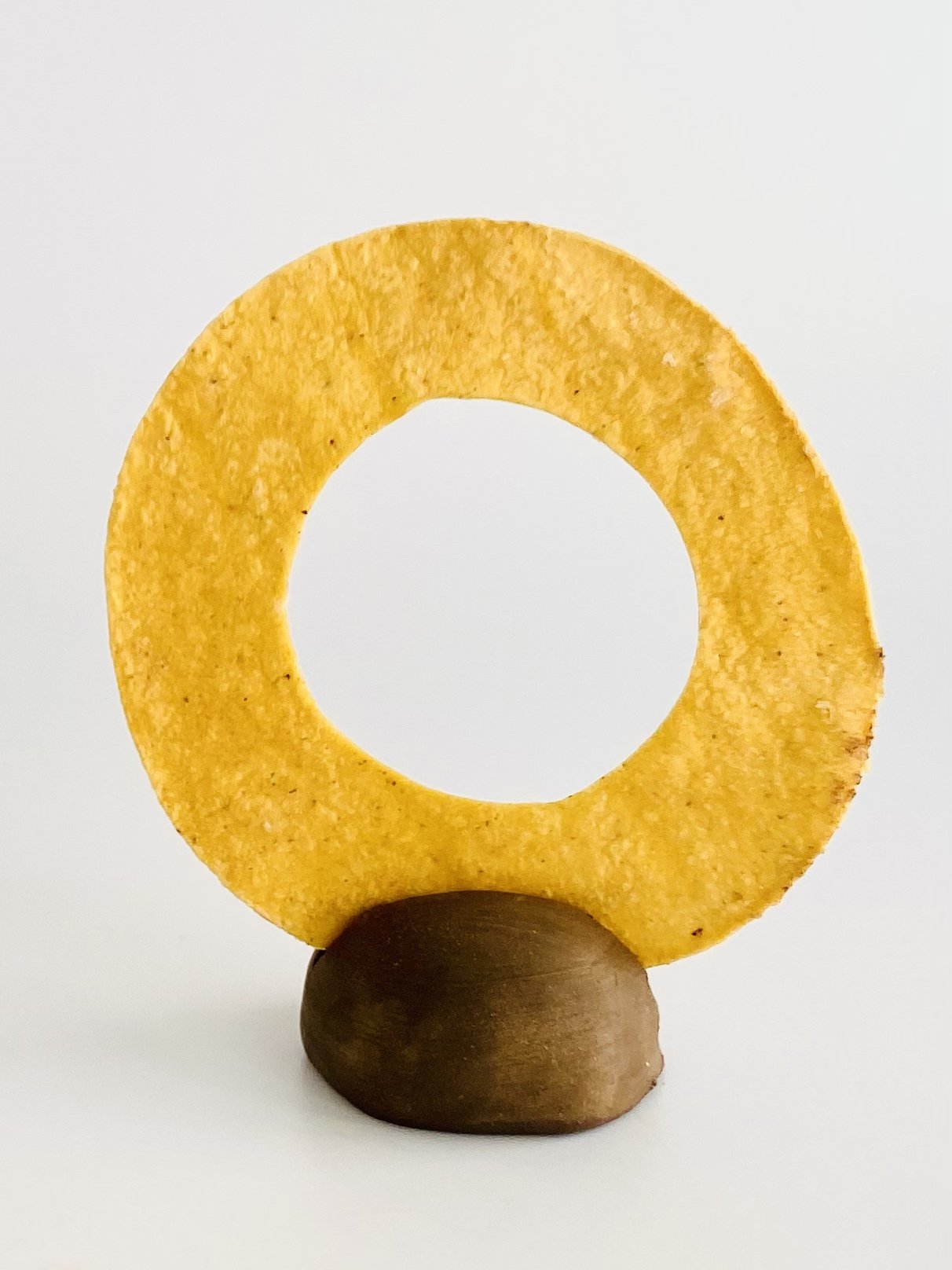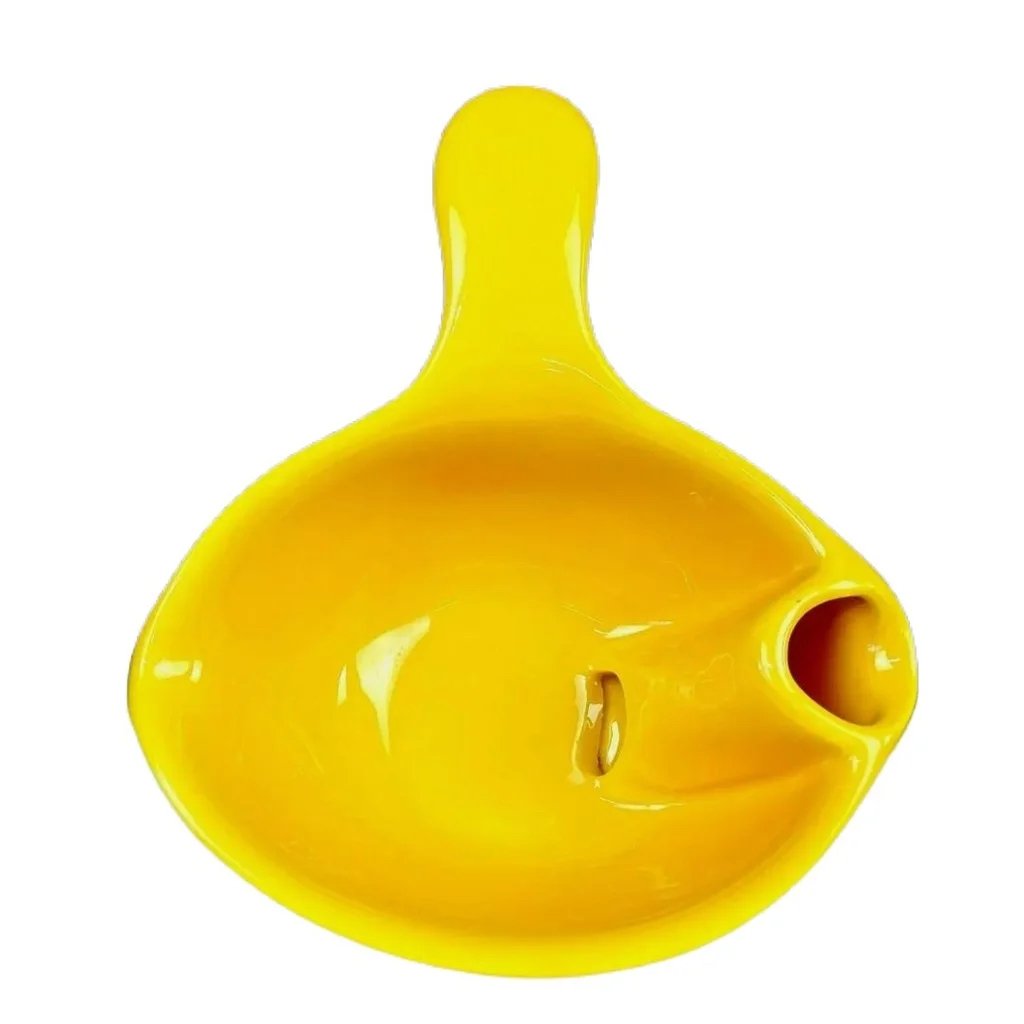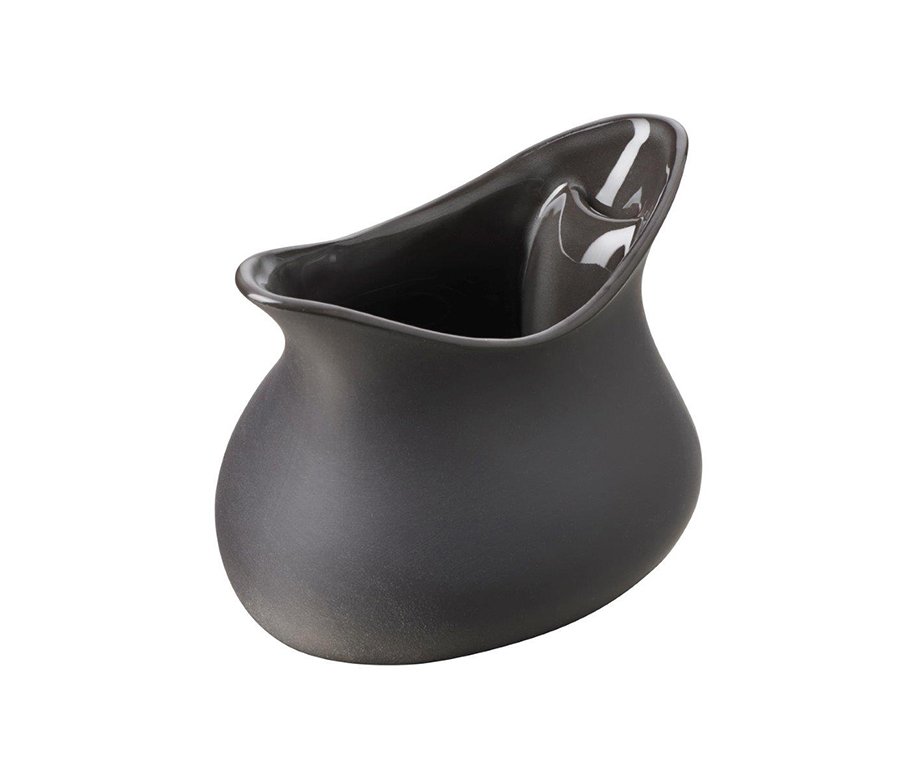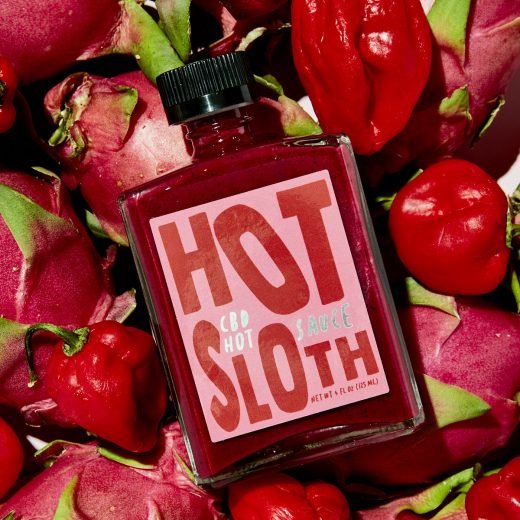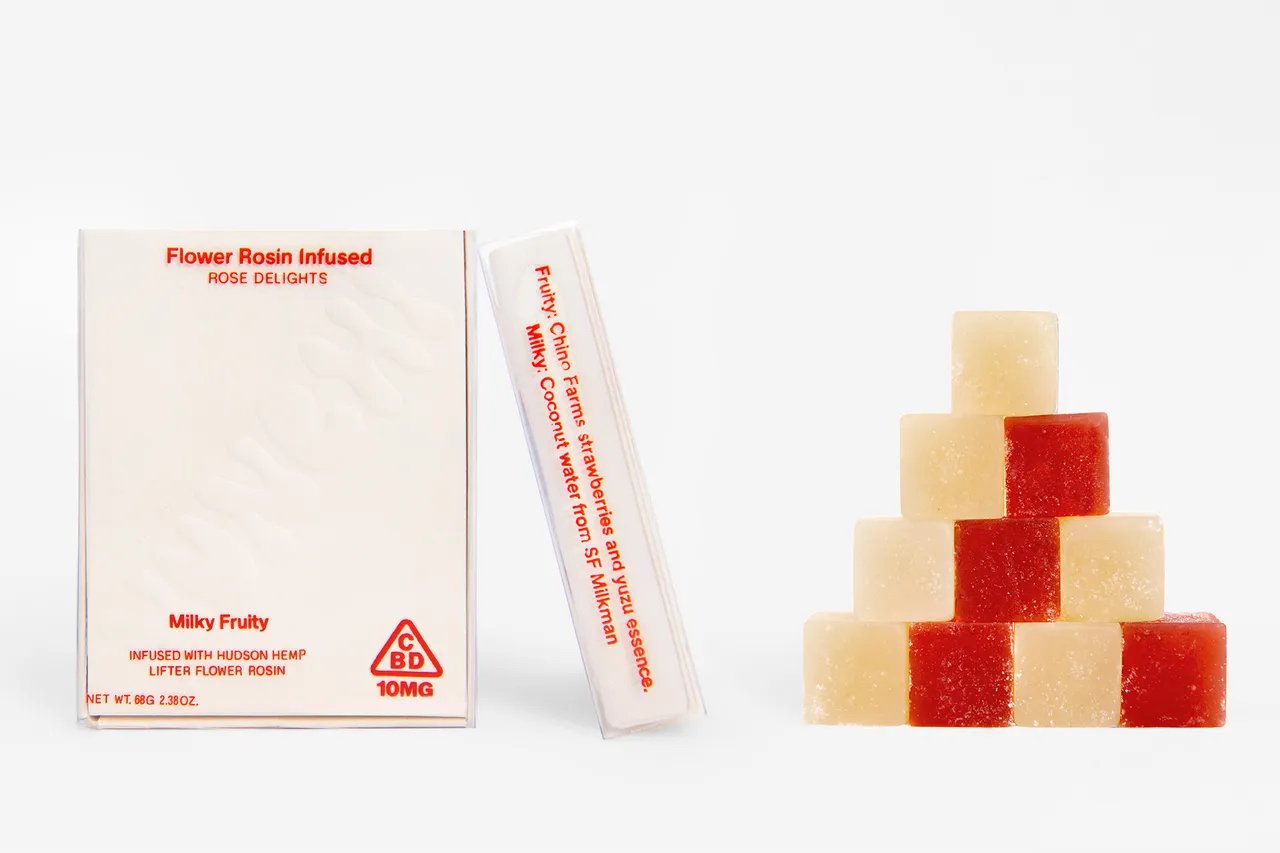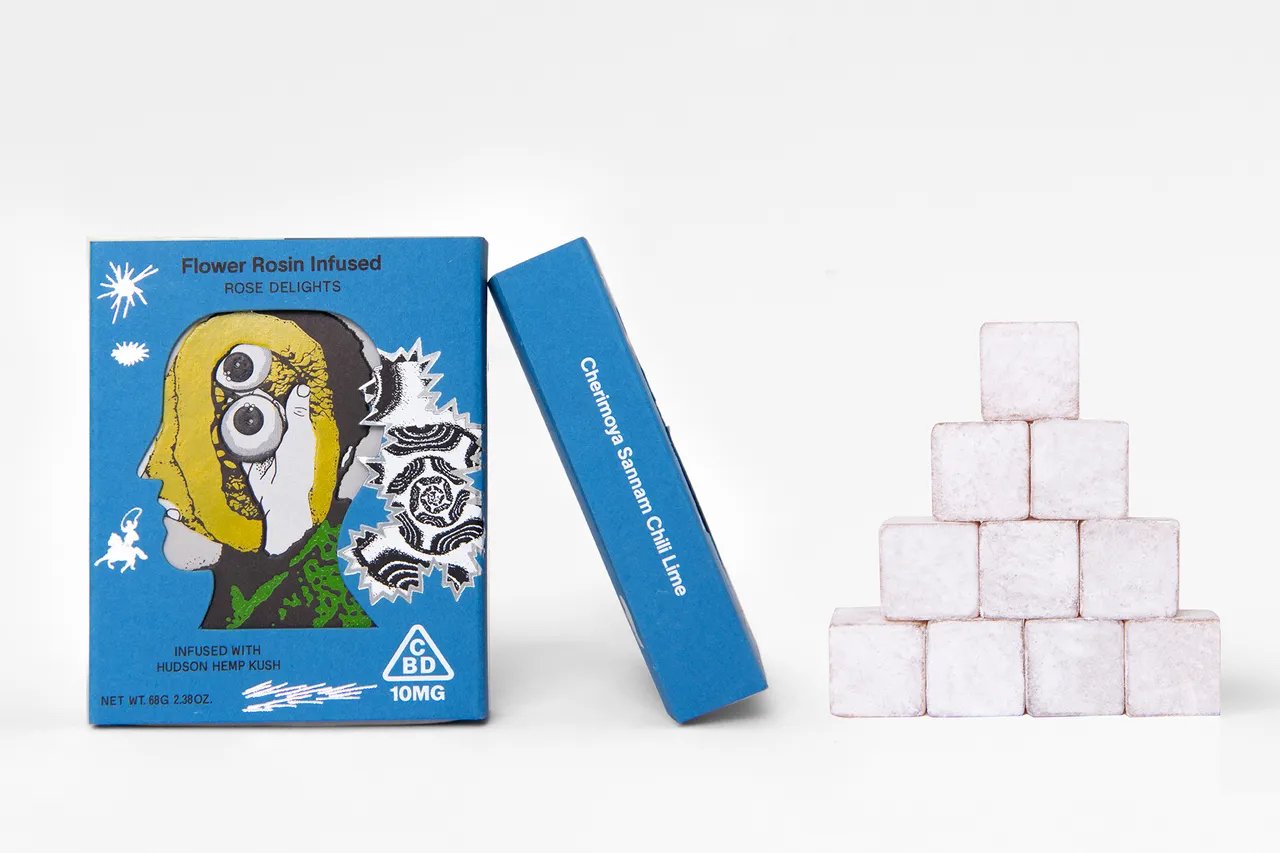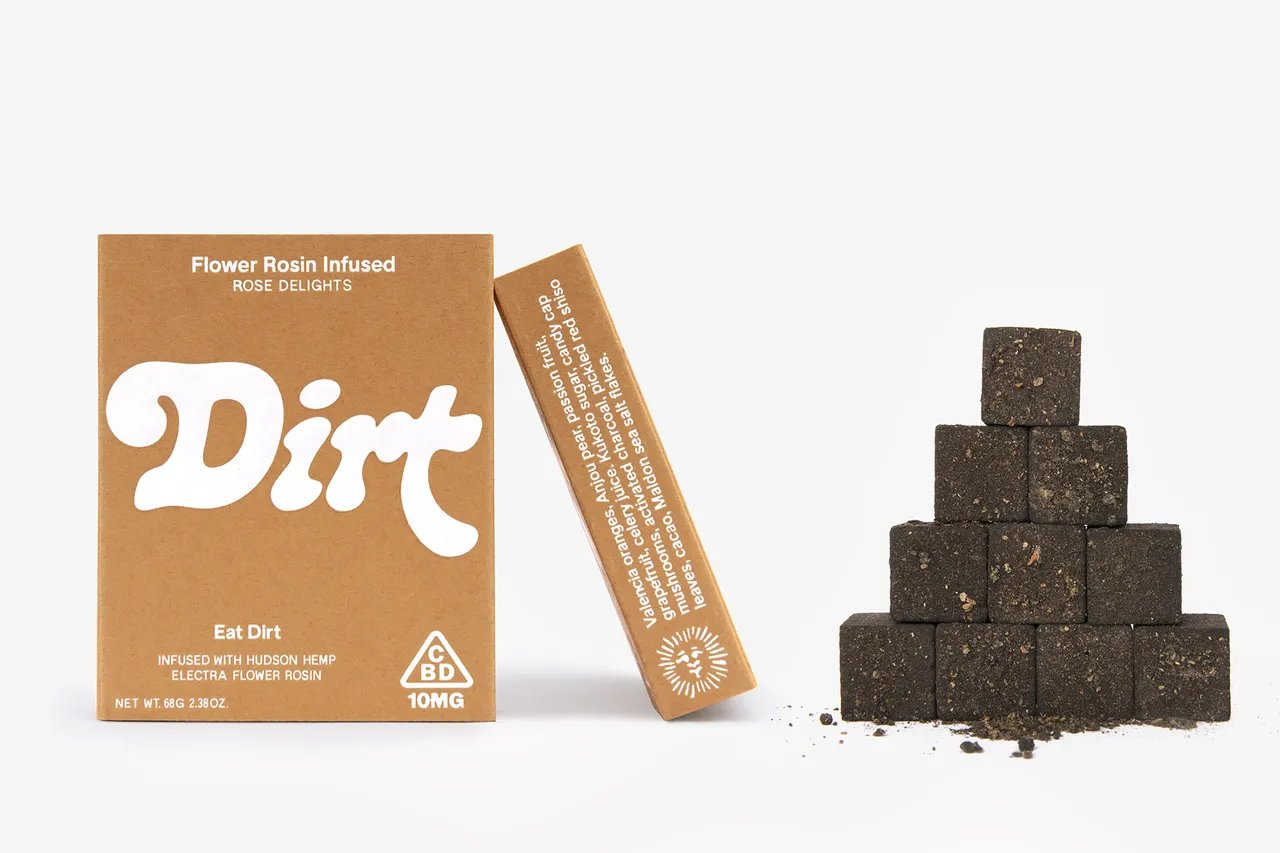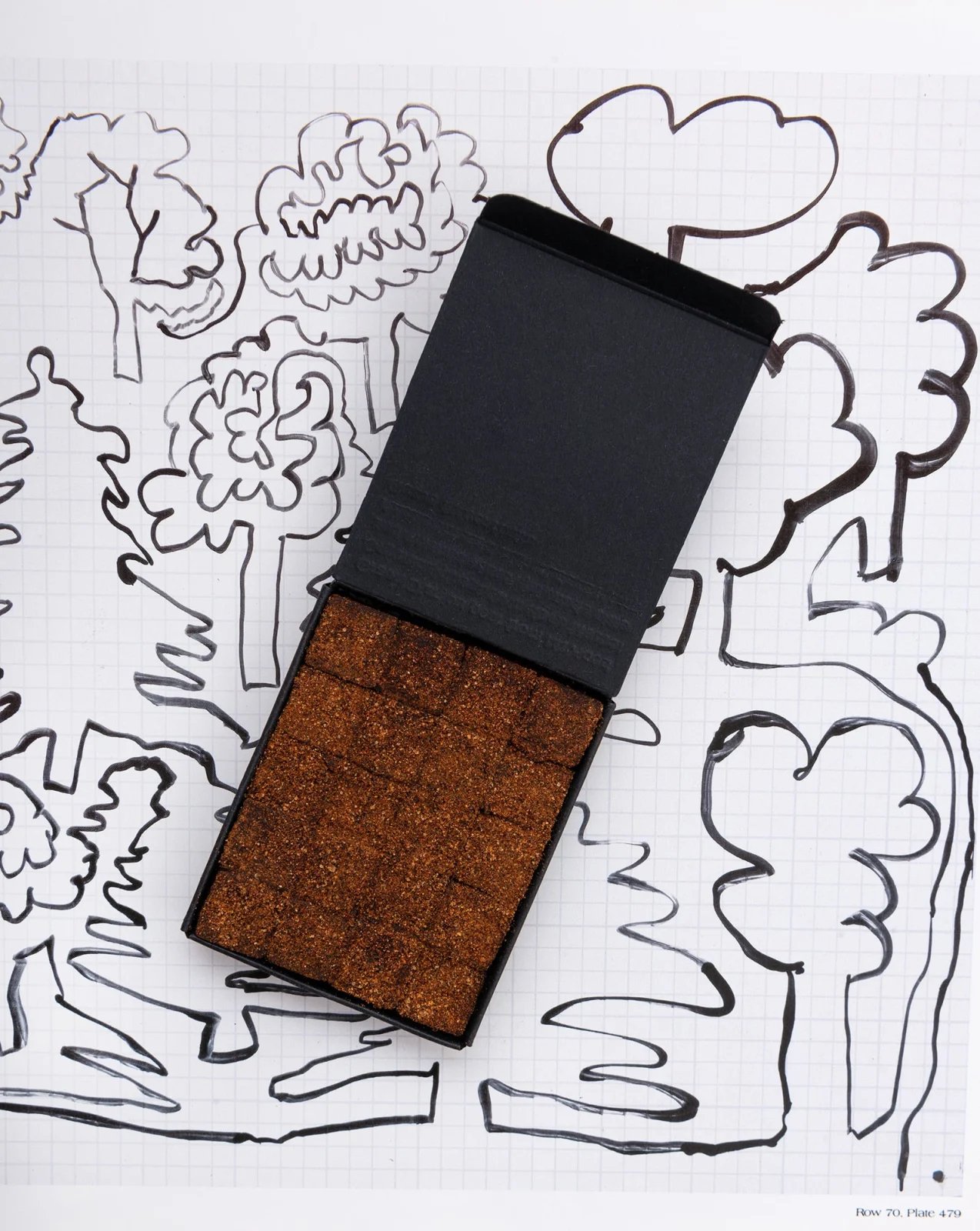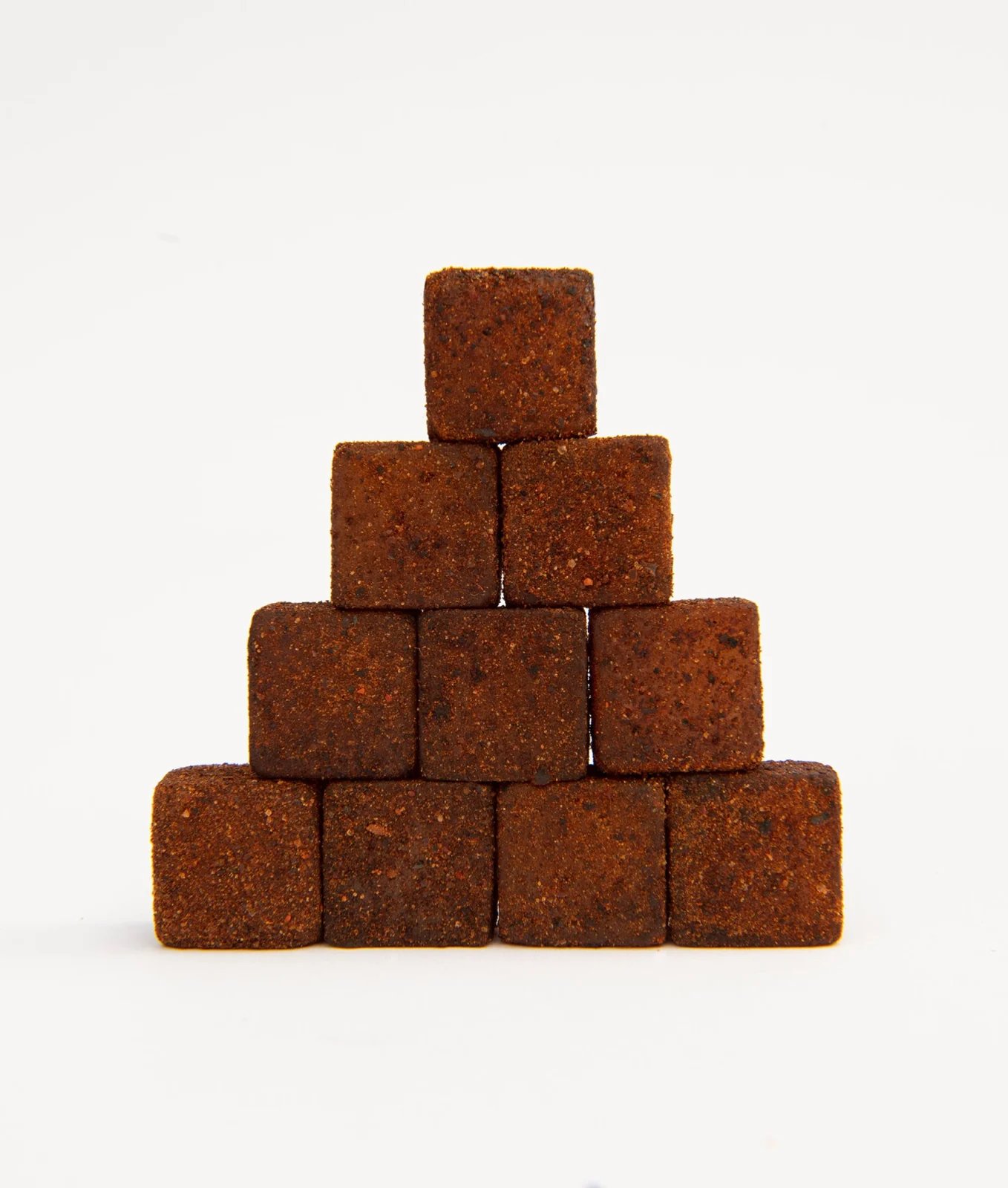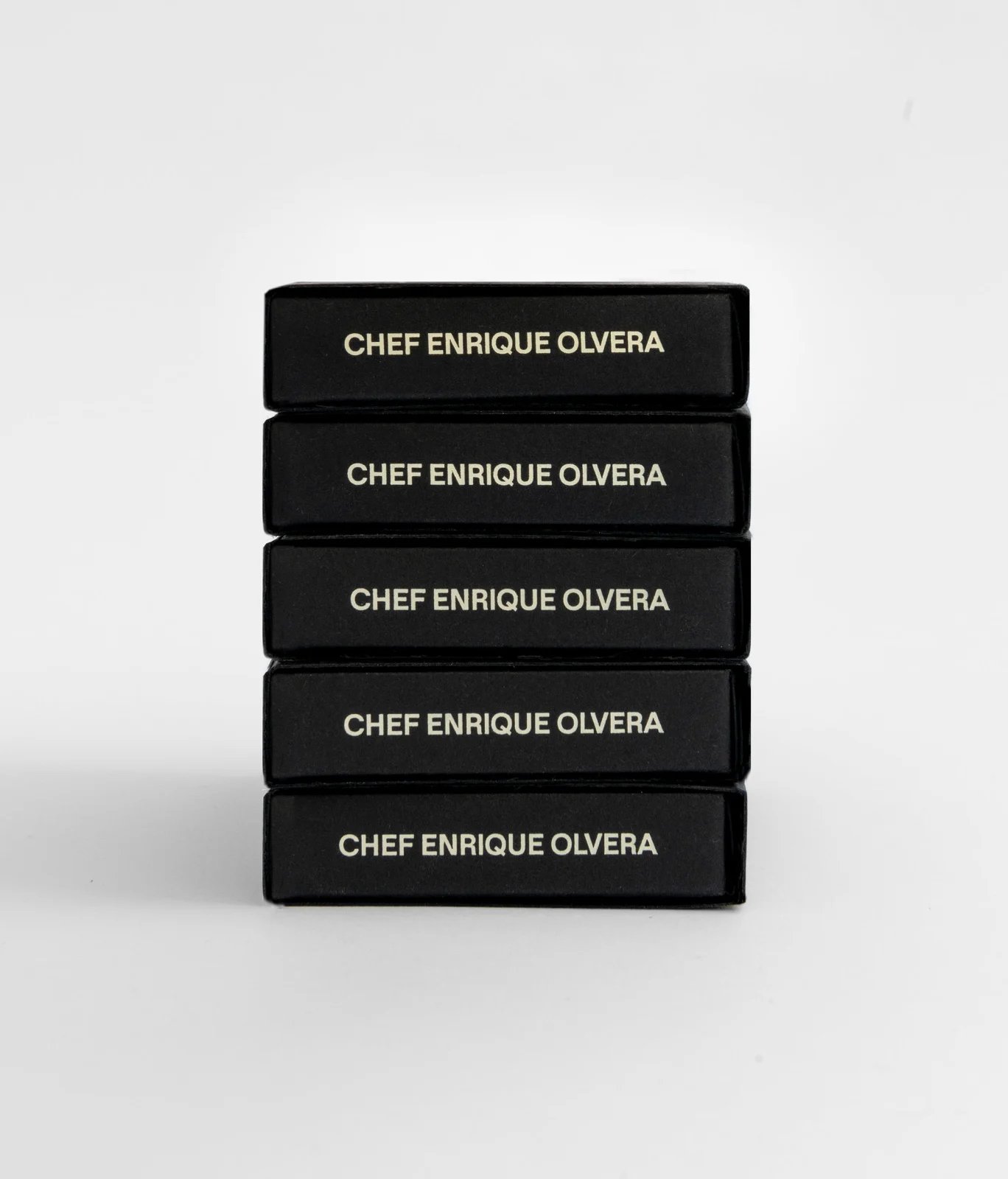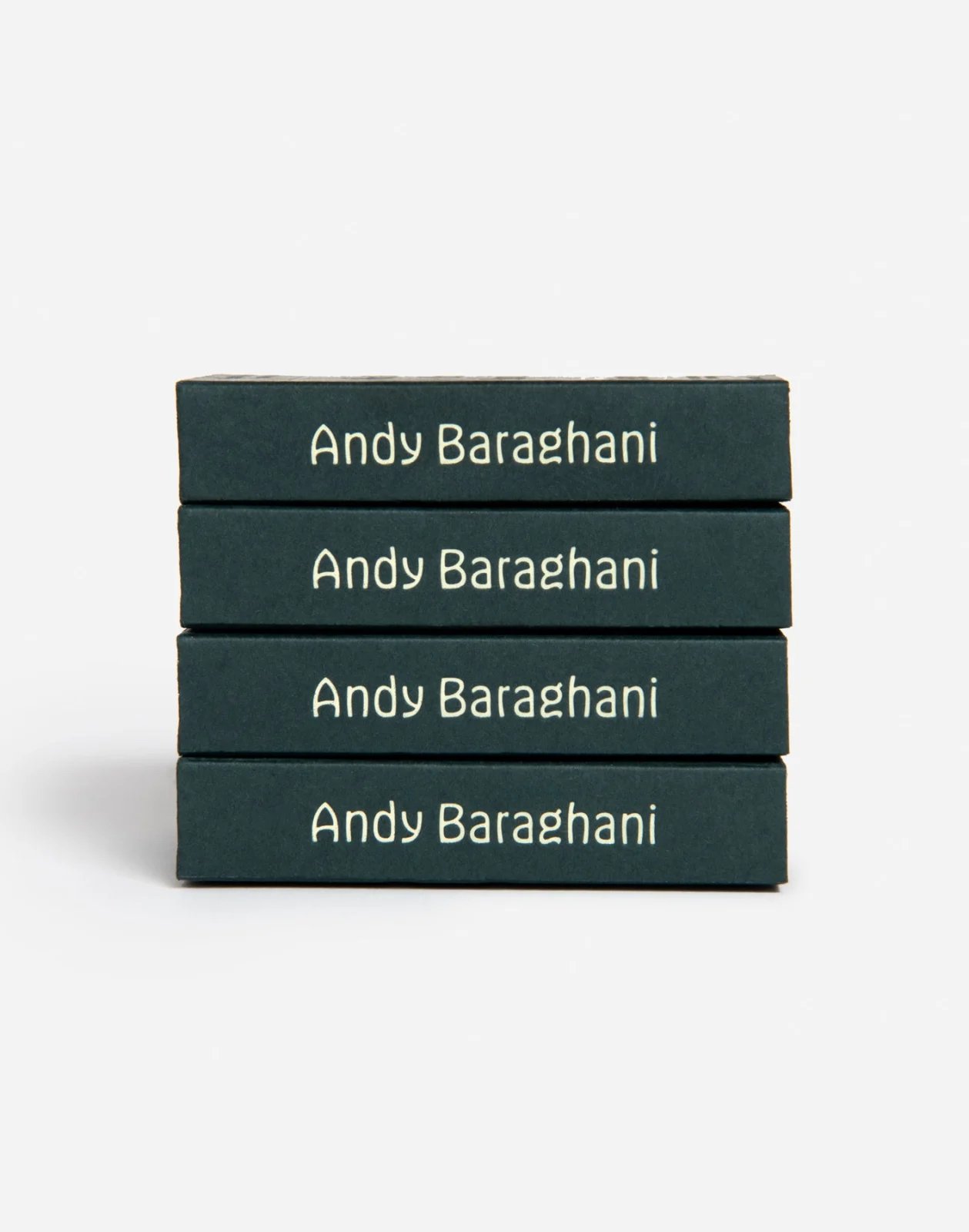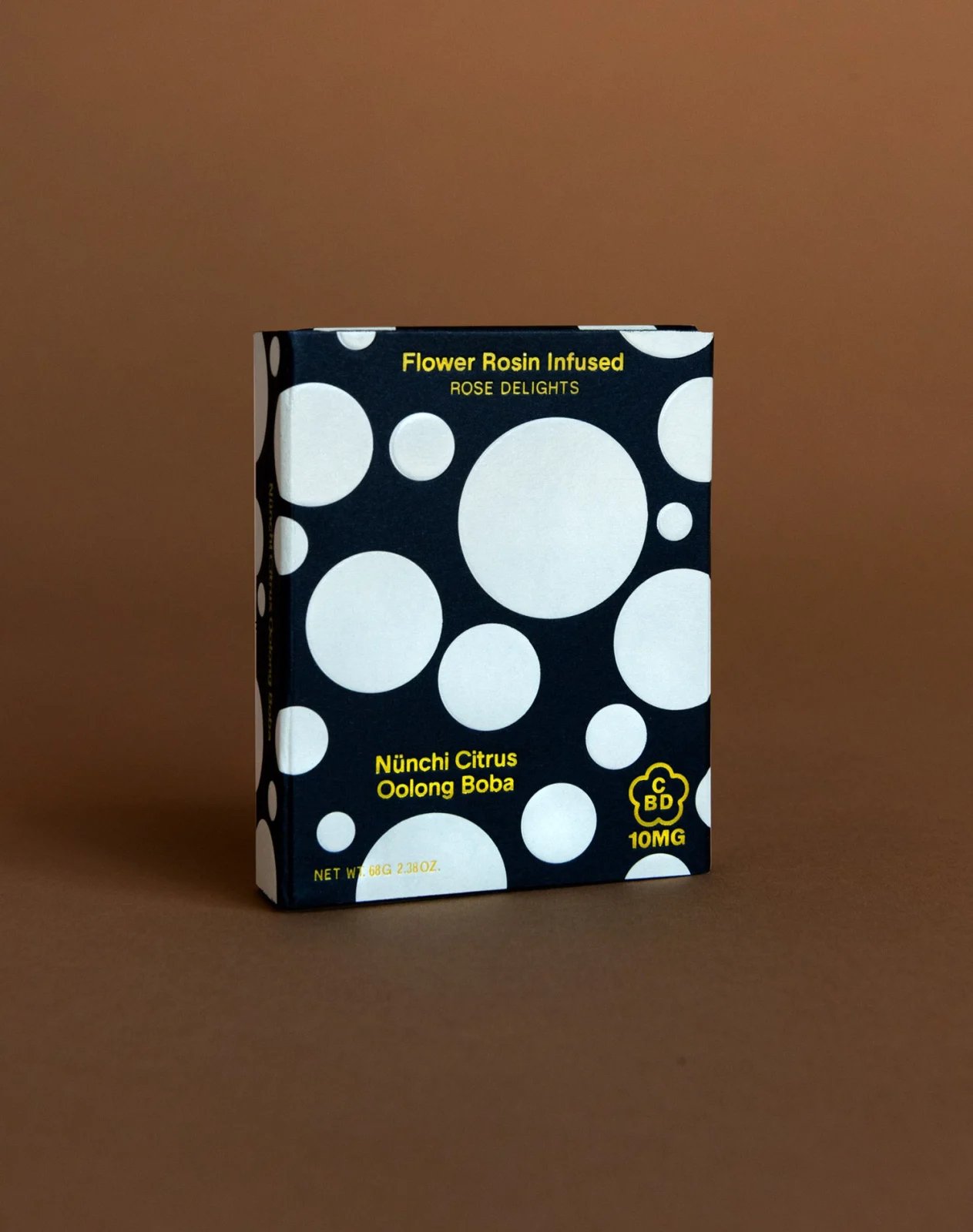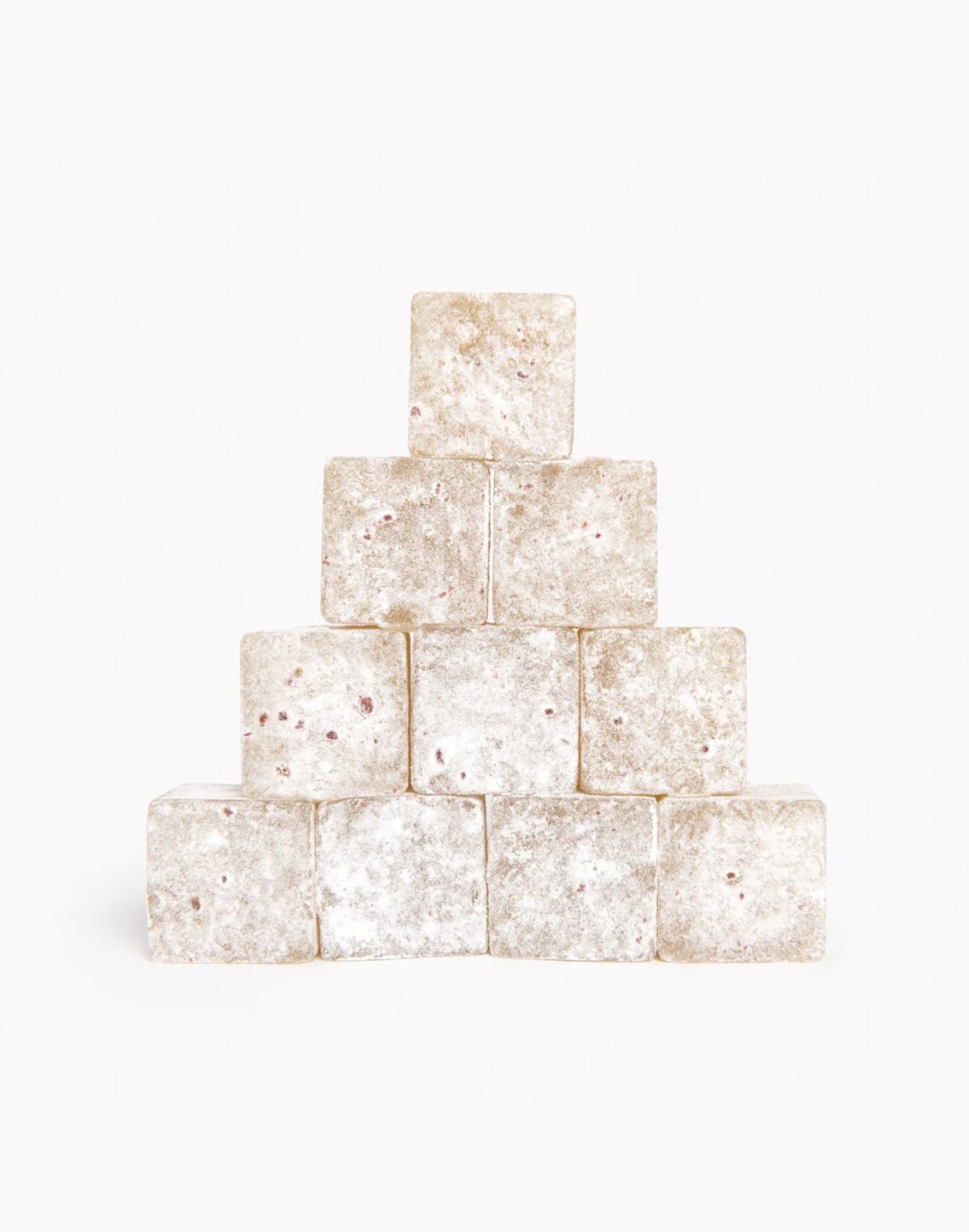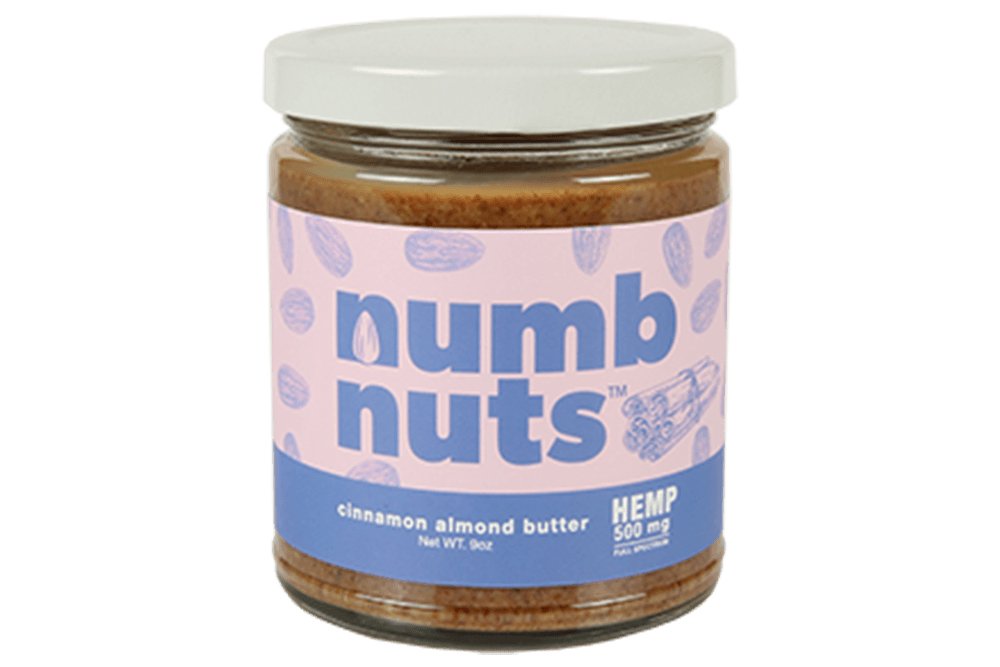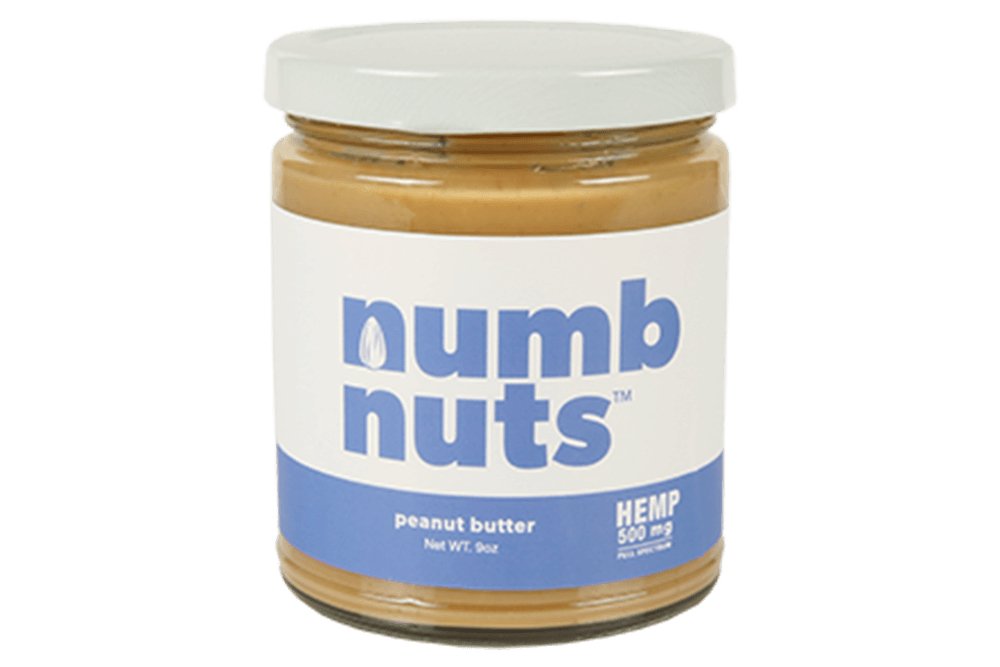TJ Girard’s monthly column brings readers a TASTE of the current and delicious food trends in the design world.
cocktail by HANDSHAKE SPEAKEASY BAR: Coconut & Fig Negroni at LA CASA DRAGONES in San Miguel de Allende \\\ Photo: TJ Girard of Taste:Work:Shop
APRIL 2024 \ A Spirited Journey to La Casa Dragones in San Miguel de Allende
As the taxi’s tires hit the cobblestoned streets of San Miguel de Allende, Mexico, my curiosity to peel back the layers of this 16th-century colonial town ignited. Emerging from the darkness of an hour-and-a-half drive from Querétaro airport, the town unveiled itself like a hidden gem, exuding the charm of a bygone era. It wasn’t until dawn that the true essence of this UNESCO World Heritage city, rich in history and culture, came alive – a kaleidoscope of vibrant colors, bustling markets, and the gentle tolling of church bells echoing through the winding and hilly streets. But amidst the colonial architecture adorned with vibrant bougainvillea, I was headed to the luxurious home of Tequila Casa Dragones, a small-batch producer known for its ultra-premium sipping tequilas.
Standing in front of the bright blue facade of the spiritual home of the esteemed tequila brand, I was warmly greeted by an elegant and striking woman wearing a vibrant Kelly green slip dress. Her unexpected tattoo, spelling out the word “Rebel,” instantly made me feel at home. Walking through the passageway covered in flora, I finally emerged into a central courtyard where an immersive tasting experience awaited me at the world’s smallest tequila bar, The Obsidian Bar. Clad in obsidian to provide guests a transportive experience that includes sipping tequilas and their terroir, the iconic stone culled from Casa Dragones’ own agave fields, the bar’s glass-like black volcanic stone polished tiles lined the front and vaulted boveda ceiling.
But this wasn’t just any tasting experience. Casa Dragones was hosting an open house showcasing North America’s best bartenders in town for the World’s 50 Best Awards the following evening. The crowd was filled with a joie de vivre of passionate party people, with high standards and respect for true artisans. The bars lucky enough to be included in the gathering crafted innovative cocktail creations highlighting the impeccable taste of quality synonymous with Casa Dragones Tequila.
In Latin, agave means admirable, notable, and illustrious. And Casa Dragones’ four uniquely smooth tequila expressions embody this through its clarity, aroma, taste, and finish. Casa Dragones Joven has a complex, smooth taste that is perfect for sipping and pairing with a variety of cuisines, while Casa Dragones Blanco’s crisp, agave-forward taste is perfect for craft cocktails and on the rocks. Casa Dragones Añejo Barrel Blend is the result of aging their tequila in two styles of new wood casks, French (Sessile) and American (White Oak), then blending to achieve its distinctive, rich character. Their most recent expression, Casa Dragones Mizunara, 100% Blue Agave Reposado sipping tequila, is the first tequila rested exclusively in Mizunara, a rare oak native to Japan and traditionally used for aging Japanese whiskies. It is no wonder the Reposado has floral notes and pairs well with Japanese food.
I loved hearing how the brand had to painstakingly convince Independent Japanese cask producers in Hokkaido to sell them two 500L barrels made from 200-year-old trees – and charred to seal. After COVID travel restrictions lifted, the Japanese came to taste and train the team how to maintain the oak. The maintenance is inspected and a contributing factor to how many casks Casa Dragones can purchase in the future. Needless to say, they have several dozen now.
Set in the former 17th-century stable for the Dragones cavalry, heroes of the Mexican Independence, La Casa Dragones is now transformed into a luxurious four-bedroom showcase of Mexican design. Throughout the space, there are nods to this legacy with vintage rocking horses, saddles, and remnant tools originally found in the space.
The building beautifully blends its rich history with mid-century Bajío and contemporary Mexican design. The renovation was awarded the prestigious Créateurs Design Award (Best Hospitality Project in Interior Design) and most recently, the LIV Hospitality Design Awards (Architectural Design Historic & Heritage, Interior Design; Bar Lounge, Interior Design Bar Lounge; and Interior Design Cocktail Bar).
The first female Maestra Tequilera, and Casa Dragones CEO and co-founder, Bertha González Nieves, who was the visionary behind the project, enlisted Will Meyer, co-founder of the multidisciplinary design studio Meyer Davis, to lead the restoration and redesign with Mexican leading design curator Ana Elena Mallet, who is currently a MoMA exhibition guest curator, and craftsman curator Raul Cabra. The collaborative project expresses the inherent principles of Casa Dragones tequila: innovation, quality, luxury, sustainability, and Mexican design.
While sipping tequila with Nieves, she explained how “La Casa Dragones showcases the best of Mexican design, culture, and experiences, against a historic backdrop. It is the perfect union of innovation and tradition – the embodiment of modern Mexico.”
FEBRUARY 2024 \ For the Love of All Things Cheese
We all have our weaknesses. Mine? Cheese.
Growing up in a French family, my love affair with cheese started early. My grandparents lived in Versailles, behind the L-shaped halls of the Place du Marché Notre Dame. Some of my fondest childhood memories were the leisurely strolls through the expansive market square, inhaling the aromas of artisanal cheeses from every region of France. At the time, many of these cheeses were unavailable in the States. So, we’d smuggle in as much as we could, leaving our suitcases and clothing with a distinct odor.
Fast forward to today, where artisanal cheeses are readily available and in vogue. Haute fromageries worldwide have transformed the mesophilic and thermophilic cultures into a visual feast to experience. From the colorful jewels displayed at Tableaux in Paris, to the meticulously designed Fromaje in Madrid, and the shrine-like Maison Morand in Dubai, each of these establishments intersects heavily with design to elevate cheese to a cult status.
Tableaux Paris, near the Opéra Garnier, is a passion project by Tom Tarsiguel, merging floral art and gastronomy into a dream-like patisserie of fromage. Each cheese is uniquely decorated with tweezer precision, showcasing Tom’s eye for color and composition. Whether you’re looking for a refined hostess gift or a decadent treat for yourself, Tableaux Paris steals the show with high-quality cheeses enhanced with herbs, aromatics, spices, and edible flowers.
At Maison Morand (Paris) in Dubai, they rely less on flourishes and decoration, but on the craftsmanship of cheesemaking. With their family roots in the French countryside of Annecy, they chose to introduce Dubai to non-industrial, small batched artisanal cheeses emphasizing high-quality milk and traditional techniques, such as hand-cutting and shaping. With their clean, stark shop, each cheese sits at eye level behind a wall of glass, giving it space to breathe and tell its story. Maison Morand offers a range of cheeses that vary in texture, flavor, and intensity, marrying the diverse and rich world of cheese with a celebration of craftsmanship in a modern setting.
Then in Madrid’s Chamberí district, Formaje is a minimalist culinary space designed by Cobalto Studio. Utilizing natural materials, the serene space allows cheese to take center stage on a dominant granite counter and age on wood shelves along sandy-colored walls. Clara Diez and Adrián Pellejo aim to foster a community around cheese, going beyond the consumer experience. With a distinctive tasting room, they hope to create “a common space where artisan cheese is celebrated and where food craftsmanship is given visibility.”
Diez and Pellejo also contribute to limited edition collaborations like the viral cheesecake they prepared with Álex Cordobés. By popular demand, Cordobés’ opened an exquisite cake shop on Velázquez Street in the center of Madrid, using a similar minimalist aesthetic to display his work. His sweet and salty Basque-style cakes of cream cheeses combined with smoked Idiazabal, blue cheese, or parmesan stand out as true gastronomic jewels.
From Paris to Madrid and Dubai, these institutions are united by a common goal – appreciating and elevating cheese. Each place embodies passion, innovation, and celebration, making every creamy creation a tribute to culture, craftsmanship, and the universal delight that is cheese.
JANUARY 2024 \ The Art of Compartmentalization through the eyes of Lea Lorenz, Kimia Amir-Moazami, and Wilhelm Wagenfeld
January is the month most often associated with the pursuit of organization, be it in our homes or our new year intentions. With my current focus on family health, meal planning, zero-waste, and the tidiness of my refrigerator, I found it fitting to highlight three products that are all examples of compartmentalization and the universal and timeless urge to bring order to your kitchen.
First on the list is Lea Lorenz’s TONY®, a contemporary reinterpretation of the clay jug cooling concept, leveraging evaporative cooling techniques to keep food "refrigerated" without electricity.
The individual clay coolers are available in three different stackable sizes, each consisting of a water tank, a food container, and a lid. This has the advantage that each clay cooler works separately. The porous raku-clay absorbs water from the tank, and as it evaporates on the container walls, it cools the interior to an optimal 13°C to 17°C. This creates ideal storage conditions for fruits, vegetables, and baked goods. It is precisely these foods that make up the majority of avoidable food waste.
The robust construction of the clay jug cooler ensures longevity. Should the cooler become compromised, its components can be recycled by grinding them into fireclay, reintegrating them into clay masses to produce new coolers.
Next we’ll explore Berlin-based designer Kimia Amir-Moazam’s container system, Vorkster. Rather than discarding perfectly good food based on expiration dates, Amir-Moazam developed a biochemical food lid that changes color to indicate when refrigerated food is about to spoil. With food waste contributing significantly to carbon emissions, the Vorkoster Lid offers a breath of fresh air.
In 2021, the Vorkoster Lid made its mark at Dutch Design Week championing design as a force for good. "I wanted to create something that can help people to save food, either for sustainability or financial reasons." The first working prototype of Vorkoster was developed with the help of Sany Chea, a chemistry scientist Amir-Moazami met during a residency at the Fraunhofer Institute for Applied Polymer Research. Since then, the pair have been developing the concept with a view to launching Vorkoster as a commercial product. They believe the product could hit the shelves in the next two years.
The Vorkoster Lid, equipped with pH functionality, directly responds to a food item’s freshness, relying on natural senses similar to recognizing the browning of a banana peel or the smell of sour milk. Made from algae coated in a specially developed indicator dye, the film changes color from pale green to bright purple when spoiled food releases ammonia gas, providing an accurate indication of food freshness and reducing reliance on generic expiration dates.
Amir-Moazam drew inspiration from the common practice of using a plate to cover food in the fridge. The Vorkster Lid, a chameleon after-market accessory designed to fit any bowl, ensures flexibility and compatibility with various containers.
Lastly, I've long admired Bauhaus designer Wilhelm Wagenfeld for his ingenious and unrivaled KUBUS design. Manufactured by VLG (Vereinigte Lausitzer Glaswerke), the German storage containers remain relevant today, nearly a century after their debut in 1935.
Comprising of seven stackable units of variable sizes with interchangeable lids, the design is exceptionally versatile. Constructed from thermal shock-resistant borosilicate, these pieces can withstand extreme heat changes, transitioning seamlessly from refrigerator to oven. The modular system allows for use together or individually, offering maximum flexibility in the pantry or tableside.
Moreover, the eco-friendly industrial glass is easy to clean, store, and efficiently showcases contents, akin to a Mondrian color block stack of meal-prepped ingredients ready to cook for dinner.
In my search, the current modular stackable designs feature plastic or silicone snap-on lids, restricting their use from fridge to oven. While food-grade silicone is marketed as less harmful than plastic, some still argue the research remains inconclusive.
Honestly, I wish there was an all-glass product like KUBUS currently on the market. It would be the solution to our plastic container curse.
Corningware, Duralex, Pyrex are you listening?
OCTOBER 2023 \ WE ARE ONA x Crosby Studios Pop-Up Showcases the Dish Pit
A well-organized dishwashing station isn't just a prerequisite for a high-functioning kitchen; it's also a cornerstone of a harmonious domestic partnership. Often considered the heart and soul of any culinary space, the Dish Pit is a rite of passage for many in the F&B industry, and a perfect stage for Studio WE ARE ONA’s latest immersive gastronomic collaborations with Crosby Studio.
Internationally recognized for their avant-garde approach to design, Crosby Studio’s Harry Nuriev and WE ARE ONA’s Luca Pronzato spotlight the back of house and dish pit setting through a brutalist setup of artistic experimentation. A perfect backdrop to unveil "Dirty Dishes" a limited series of irreverent tableware in a minimalist installation and pop-up showcasing the plant based contemporary Thai gastronomy of Michelin-starred Chef Dalad Kambhu.
Hailing from diverse culinary landscapes ranging from Texas and Bangkok to New York and Berlin, this self-taught chef draws on her gourmet upbringing to master the art of flavor by seamlessly incorporating local produce from various countries. Chef Kambhu's plant-based menu not only defines the essence of her renowned restaurant Kin Dee in Berlin but also set the tone for a unique community gathering of food enthusiasts last week.
From the 17th to the 22nd of October, the ninth arrondissement of Paris buzzed with a series of soirées, marking the 9th edition of PARIS INTERNATIONALE—a daring, multi-generational, and inclusive art fair alternative featuring a select cohort of 65 galleries from 25 countries. Against this vibrant backdrop, Studio WE ARE ONA's curated pop-up event offered a one-of-a-kind meal synchronizing off-screen and real-life experiences where elegance meets the primal.
With the help of their extensive network of talented ceramic, design, and floral artisans, the WE ARE ONA team is redefining conventional fine dining through innovative happenings. The creative culinary studio collaborates with young and celebrated chefs to contribute and embody the spirit and uniqueness of major international events, including the likes of PARIS INTERNATIONALE, FRIEZE Los Angeles, and Milan Design Week. Moreover, it serves as an esteemed art direction studio catering to prestigious clients within the realms of luxury, fashion, and media industries.
SEPTEMBER 2023 \ Exploring The Relationship Between Food and Seduction
I recently finished reading Marije Vogelzang's "Lick It." For those unfamiliar with her work, she's the fairy godmother of food and eating design. In her latest book, she encourages the reader to indulge in curated culinary exercises (her art form) to explore the notion of food beyond sustenance into an expression of culture and desire. She shows you how satisfying a seductive relationship with your food can be.
Funny enough exploring the relationship between food and seduction is the exact theme of Design Museum Holon’s most recent show curated by Maya Dvash. Running until November 11, 2023, this captivating showcase delves deep into the intricate and seductive relationship between humans and food, all while emphasizing the pivotal role that design plays in shaping this connection.
The museum has dedicated its entire space to three distinct exhibitions that provide fascinating insights into the subject.
EXHIBITION 1: "Food"
Curators Liora Rosin and Dana Benshalom aptly observe, "Our culinary choices define and shape our identity, in our own eyes and in the eyes of others. You are what you eat, and sometimes you are what others see you eat."
Food seduces us through the sound of a sizzling sunny-side-up egg, the aroma of freshly baked bread, the sight of grill marks on seared meat, and the tactile sensation of holding a ripe avocado. Surprisingly, taste is the last sense to join this seductive dance. The other four senses—sight, smell, touch, and hearing—play crucial roles in kindling desire or repulsion for food.
From our prehistoric ancestors' gathering and hunting to modern processes of enhancement and preservation, food has shaped, seduced, and defined us. It categorizes us personally, collectively, and socially based on what we consume and how. For the design world, food serves as both raw material and symbol, with designers involved in various stages of food's life cycle, responding to contemporary consumer culture. The exhibition is divided into three chapters: “Needs and Desires,” “Attraction and Repulsion,” and “Restraint, Preservation, and Liberation,” all interwoven with the theme of seduction.
EXHIBITION 2: "Colored"
Curated by Lior Hermoni-Gati, this exhibition explores the role of food coloring and how vision influences our interpretation of food colors. It invites visitors to reflect on the cultural context of food and its taste. Color plays a significant role in our perception of taste, and this connection has deep roots in human history. From hunter-gatherers using color to identify food sources to ancient Egyptians enhancing the hues of sweets, color has been a powerful tool in food seduction.
Today, bold artificial colors in foods create expectations of rich flavors. However, the awareness of the dangers associated with synthetic food coloring has led to a demand for natural alternatives. The exhibition questions how dominant color is in shaping our expectations of flavor, examining the symbolism and meanings tied to food colors. It covers everything from the aesthetics of food packaging to the significance of colors like red, green, and even black in the context of food.
EXHIBITION 3: "A Taste of The Future"
Curated by Talia Janover, this interactive, AI-powered sensory installation explores the future of food. It encourages visitors to explore the relationship between scent, memory, and the beauty of imperfection. While human needs for food haven't changed in over 200,000 years, our relationship with our environment has shifted dramatically. Modern society often seeks to conquer nature, ignoring the ecological crisis we now face.
This exhibit raises questions about the cultural and nutritional changes needed for our survival. It explores the potential roles of insects, mushrooms, and seaweed in our diets and the techniques we might employ to prepare future foods. It also dives into the multitude of senses beyond the traditional five, offering insights into how these senses shape our perception of food.
Intriguing, thought-provoking, and visually stunning, Design Museum Holon's current exhibition challenges us to reconsider our relationship with food and its role in shaping our culture and identity. It invites us to savor every aspect of this intricate connection between food and design, leaving us with a deeper appreciation for the artistry of the culinary world and its power to seduce both our palates and our imaginations.
DOCE MEZCAL Image by Emma Trim
JULY 2023 \ Embodying Spirit: The Visual Storytelling Behind 3 Liquor Brands
While gathering ideas for a summer sipping round up, I kept repeating: “Don’t judge a book by its cover.” But the truth is we judge almost everything by its covers. Books, dish soap, albums, even booze… As design enthusiasts, you know that particular colors, architecture, shapes, and materials can evoke a mood and feeling. A great cover, or bottle label in this instance, serves as a visual storyteller, expressing the essence of a brand and its offerings effectively. Granted what you see on the outside is not always a true indicator of what you’ll find behind the surface… Dubbed as “Marketing Magic,” I had the chance to explore the narratives behind the shelf appeal of three brands and put their claims to the taste.
Doce Mezcal
Gabriela Lawrence, Gabby Arce, and Mia Tonelli have high standards. So, when they decided to get into the Mezcal business, they wanted to bottle an earthy, exhilarating, and full-bodied mezcal rooted in wellness – 100% Plant based, gluten free with zero carbs, no added sugars, no yeast, and no additives. Mindfully made in Oaxaca, Mexico, Doce Trecenas Mezcal is a company founded and owned by women in partnership with a third generation family-owned distillery, led by Matriarch & Maestra Mezcalera, Margarita Blas, mother of 5 children, with 3 of whom play a key role in creating the artisanal mezcal. The 3 generations of mezcalaros have made it their life’s passion to polish the artisanal production of mezcal, maintaining tradition and quality in every step of the process.
Designed by Morgan Light, the bottle packaging inspiration was pulled from an ancient Mayan calendar showcasing the philosophy of following the pathway to reach your highest self at 12 & 12 each day. With its bold colors, holographic type, a step pattern cut-out, and laid paper texture – the bottle is recognizable, reads quality, and resonates with conscious consumers seeking cleaner, mindful choices connecting to their core ethics.
Below are some highlights from my interview with Gabriela Lawrence, Doce’s Co-Founder + Chief Communications Officer, after being schooled on the proper way to sip mezcal slowly with a slice of orange. Doce did not disappoint with its aromatic start, and flavorful smooth finish.
Can you discuss the role of packaging design in creating a luxurious and premium feel for your mezcal? What specifically about your typography, color palette, and overall aesthetics choices incorporates the rich history and heritage of mezcal-making?
Packaging was one of the major lighthouses when building the brand identity. Doce Mezcal’s visuals are the culmination of both the vibrancy of Mexico paired with our founder’s previous backgrounds and personal affinity for fashion and style. Color can be found all over Mexico – and we were inspired by the vibrancy within the region’s flora, the street art, and visuals across the country. Our previous careers in fashion also directed the way we approached packaging, playing with color, and texture to create something visually stimulating. Mezcal is a true gift from the earth, its dynamic, filled with heat and created with passion and tradition. We realized most options available on the back-bar and on the shelves of our local liquor stores didn’t echo the stylistic tastes of today, and many felt detached from our modern ideals. Mezcal is a spirit that is traditionally experienced with friends and loved ones. We wanted to create something that people would be excited to share and engage with – packaging that excites you and makes you take a second look. The goal was to create a product that exceeds your usual expectations when it comes to spirits, one that earns a coveted spot in your beverage rotation.
Did you collaborate with any designers or agencies during the brand creation process? If so, how did you ensure a seamless partnership between the design team and your brand’s vision?
Our internal team spent months gathering creative references and inspirations that we felt best encompassed our brand identity. When it came time to create the final product – we were led to our designer Morgan Light who we met through the former women’s networking group + Coworking Space – The Wing. Morgan’s experience working in beverage + lifestyle brands within beauty & wellness coupled with her like-minded aesthetic made her the perfect partner for Doce. Together we worked hand-in-hand pairing our team’s vision with Morgan’s creative expertise. We went back and forth with weekly check-ins sharing historical references and creative inspirations, and after a few months and iterations we were able to bring the final product to life.
How did you incorporate sustainability and environmentally conscious practices into your brand’s design and packaging?
As an emerging brand, when building Doce Mezcal we focused on the details. Small changes that would make a big impact in the long run as we grew and scaled. Creating with recyclable and reusable materials, taking into consideration factors such as bottle weight and certain types of bottle caps, label paper, and more were at the forefront when dictating design decisions. Every part of Doce Mezcal from cap to paper to bottle is environmentally conscious.
What book have you read solely based on the cover design? Did it live up to the judgement?
Anything by Assouline never falls short. Their coffee table books are always equally as stunning on the outside as the content on the inside. The Windows at Tiffany & Co. was the most recent buy. Coffee table books are always known for the visuals, but this edition served dual parts stunning imagery + informative of the brand’s creative history. A treat for fashion lovers.
Courtesy of PEELSPHERE
JUNE 2023 \ PEELSPHERE: Exploring the Potential of Banana Leather
Food has always been a canvas for creativity and innovation. It’s a medium that allows us to have fun and explore new possibilities. But it’s not just about playfulness; it’s also about making a positive impact on our planet. As designers and consumers, we have a responsibility to prioritize circular economy materials and products in our creations and purchasing decisions. One company that is leading the way in sustainable innovation is PEELSPHERE®, with their groundbreaking use of banana peels and other fruit and vegetable waste to create a durable and versatile leather-like material.
After years of witnessing the staggering amount of food waste generated by the food industry, it’s no surprise that a company like PEELSPHERE® grabbed my attention.
Founder, Youyang Song, pushed to develop a unique and innovative material from a closed-looped ecosystem. Their biodegradable material can be molded into a variety of shapes and sizes, making it an excellent alternative to traditional plastics. As a designer, it’s exciting to see companies like PEELSPHERE pushing the boundaries of what’s possible, and I’m hopeful that their faux leather material will inspire many designers to incorporate circular economy materials into their future work as it meets both their aesthetic and functional requirements.
Having undergone rigorous testing for strength, durability, and flexibility, it has proven itself worthy of various applications. Resilient against heat and moisture, it opens up possibilities for a wide range of products, including fashion, furniture, and even food design.
At Taste:Work:Shop we jumped at the occasion to R&D with PEELSPHERE’s material. Our studio is committed to making a difference by prioritizing circular economy materials when sourcing materials for our designs.
We played off the banana hammock and magazine rack concept. Our first display creates several nooks by sewing sleeves every 10” into the leather-like material. Each sleeve fits snuggly around poplar wood dowels that suspend the whole unit off of a minimalist black metal frame.
Here we photographed a savory inspired version of a camp style banana boat. Instead of stuffing that banana with chocolate and mini marshmallows before putting it in the fire, we topped our roasted friends with cheesy black beans, hot pickled carrot cabbage slaw, crispy pork belly, and lime zest.
Our second display design makes one larger nook to hold several ficelle breads. And a tray platform for Taste:Work:Shops exclusive flavored butter tubes. We’ve been experimenting with different savory and sweet flavor combos. For this shoot we landed on a Banana Butter and our famous Framboise Butter.
We thoroughly enjoyed working with the PEELSPHERE cloth, appreciating both its tactile qualities and how its material composition directly influenced our designs. We encourage others to experiment and innovate with PEELSPHERE leather, exploring various techniques such as cutting, grommeting, and sewing. We can’t wait to see the incredible results of your creative endeavors!
MARCH 2023 \ Celebrate Spring With Refreshing + Flavorful Nasturtium Cocktails
From Nowruz and Holi to Passover and Easter, as the weather warms up and the flowers begin to bloom, springtime is when so many cultures celebrate the season with vibrant colors and fresh flavors. But how about some festive cocktails?! An annual vine that perfectly captures the essence of spring is Nasturtium – and it’s currently taking over my garden. The easy to grow plant is completely edible, from the flowers to the leaves and is packed full of flavor and beneficial vitamins and minerals. The peppery and slightly spicy taste pairs well with a variety of ingredients. For years the flowers have been a go-to for garnish, but there are several other ways you can incorporate nasturtiums, like pesto, butters, even into bread. To up your happy hour game here are two Nasturtium cocktail recipes to try; one savory, one sweet, but both delicious.
For the savory cocktail, a twist on the Dirty Martini. The Martini is as classic as cocktails get. Most people have had one, and any good bar can make one. This version lends itself well to the existing botanical flavors of gin by taking it further and infusing it with Nasturtium leaves, then adding the expected Dolin dry vermouth and surprising you with briny pickled mustard seeds to make it dirty. Pickled mustard seeds are an exciting pantry ingredient for jazzing up many dishes. The little round seeds stay intact throughout the cooking process, so every single orb is a delightful flavor bomb in your mouth.
While Martinis are typically stirred (as with most spirit-forward cocktails that don’t incorporate citrus), the Dirty Martini is somewhat of an outlier. Though it can be made with either technique, many bartenders prefer to shake this cocktail to allow for the ingredients to better integrate, and for the denser brine to mix more thoroughly with the less-dense vodka or gin. The added dilution from shaking also helps to soften the drink’s saltier profile and open up subtler flavors.
Nasturtium Dirty Martini
Serving: 1
INGREDIENTS
2 oz. nasturtium-infused gin*
½ oz. Dolin dry Vermouth
1 ½ oz. brine from pickled mustard seeds**
Garnish with ¼ teaspoon of pickled mustard seeds flating on a naturtium leaf
DIRECTIONS
1. Add the infused gin, mustard seed brine, and vermouth, into a tall cocktail glass for stirring OR in a cocktail shaker for shaking. It’s fully your preference… we actually prefer shaking.
Stir or shake with ice so the ingredients become very cold. Cold is key, and the ice will subtly dilute the cocktail.
3. Strain into a chilled glass
4. Spoon a small amount of pickled mustard seeds onto a nasturtium leaf and rest on top of cocktail to garnish and serve.
*Nasturtium-infused gin
1 oz. nasturtium leaves
750 milliliters bottle of gin
DIRECTIONS
Blend ingredients together and taste for spiciness. You can add a few more nasturtium leaves for a bit more bite. Strain through a fine strainer or cheese cloth. Liquid should be clear and bright.
**Pickled Mustard Seeds
1 cup yellow mustard seeds, rinsed and drained
1 1/2 cups apple cider or white wine vinegar
1 teaspoon kosher salt
2 tablespoons honey
1/3 cup white wine vinegar
DIRECTIONS
1. Place the drained mustard seeds in a medium, non-reactive saucepan and add the vinegar and salt. Allow the seeds to soak uncovered at room temperature for at least 1 hour.
2. Add the honey to the hydrated seeds and move the saucepan to the stovetop. Over medium heat, bring the mixture to a simmer and stir it with a wooden spoon. Cook it for about 20 minutes.
3. Remove the mustard from the heat and allow to cool at room temperature for about 1 hour. The mixture will become thicker and denser as it cools.
4. Stir in 1/3 cup white wine vinegar to thin the mixture and freshen its flavor. Check the seasoning and add more salt, honey, if you like.
5. Serve immediately or keep refrigerated in a glass jar for up to 6 months.For the sweet cocktail, a floral take on the classic gimlet – with only 3 ingredients – it’s an easy cocktail to master and it’s just as easy to drink! The nasturtium simple syrup adds a soft floral flavor and a pretty color to the cocktail. The syrup’s color will depend on the color of your petals. Also, try any leftover syrup drizzled on fresh fruit or add to sparkling water for a quick spritz.
Nasturtium Gimlet
Serving: 1
INGREDIENTS
1 ½ oz. nasturtium infused gin*
1 tbsp nasturtium flower simple syrup***
¾ oz. lemon juice (lime juice works too)
Garnish with nasturtium flower
DIRECTIONS
1. Pour gin, simple syrup, and lemon juice into a cocktail shaker.
2. Fill the shaker about three quarters full of ice and add the lid.
3. Shake for 20 seconds to properly chill and dilute.
4. Strain into chilled glass and garnish with flower.***Nasturtium Simple Syrup
Servings: 10
1 cup nasturtium flower petals
1 cup sugar (white granulated is find here)
1 cup water
DIRECTIONS
1. Tear the floral petals off of the stem and the base of the flower. Stick with one color of petal for a more vibrant result. Remove petals from the green base and use only the petals or your syrup will turn green.
2. Pulse petals and sugar in a food processor until well combined.
3. Combine 1 cup of water and sugar/petal mixture to a pan. Stir over medium heat until sugar dissolves.
4. Through a fine mesh strainer, pour the liquid to remove the bits of petal.
5. Cool to room temperature before pouring into a lidded container. Syrup will keep for about 1-2 months in the fridge.So, whether you’re celebrating the arrival of spring or just looking for a refreshing and flavorful cocktail, nasturtiums are a great ingredient to incorporate. With their bright colors and unique flavor profile, they are a great addition to any festive celebration.
Cheers to spring!
FEBRUARY 2023 \ The Visually Stimulating Pastries of Pastry Chef Eunji Lee
As a food designer, I firmly believe people “eat with their eyes.” The more appealing the colors, the textures, the display… the more fulfilling every bite tastes. When food is presented beautifully, it can trigger our appetites and stimulate our taste buds, making the dish more appetizing and desirable. As humans, we are highly visual creatures, and we often judge a dish based on its appearance before even taking a bite.
Lysée Bakery, located in New York’s Flatiron District, is a charming and unique bakery that has gained a reputation for its high-quality and visually stimulating pastries. Founded by pastry chef Eunji Lee and chef and husband Matthieu Lobry, Lysée Bakery is known for its delicate and delicious baked goods that are made with the finest ingredients and an incredible attention to detail.
“I wanted to have a space that corresponds to my identity and my dessert style: Korean-French-New Yorker,” says Lee, who spent ten years training and working in Paris, notably under Alain Ducasse and Cedric Grolet at Le Meurice, before becoming the executive pastry chef at the two Michelin-starred Korean restaurant Jungsik in Tribeca.
The name Lysée (lee-zay) is derived from the French word “Musee” which means “museum,” the perfect name to encapsulate the gallery-like take on the meticulously crafted pastry art on display.
The seasonally rotating menu is playful yet executed with highly technical style. From their signature mousse cake made with Korean toasted brown rice mousse with caramel, to the corn mousse dessert that went viral on social media, whose corn sablé is topped with an airy corn crémeux piped over with a grilled corn cream to resemble the vegetable in its entirety.
“To me, pastry is an edible art.” says Chef Eunji Lee.
And thus, when entering the sparse and refined boutique space itself, you feel like you’ve walked into an art gallery in Chelsea. Reflecting similar attention to detail and cultural influences that Lee brings to Lysée’s menu, the decor is a beautiful harmony of both traditional Korean culture and modern NYC design.
“I wanted to create a culturally meaningful space that is also well-balanced and harmonious. We have traditional Korean materials, like a mother-of-pearl wall, a Korean wood pillar from an ancient traditional mansion in Korea, and used traditional [granite] stone [from Pocheon in Korea] for the bottom of a table. The design highlights the pastry as edible art, as the hero of the stage. Using this very understated, minimalistic design puts the emphasis on our pastries as the main objects.”
There is no question, Lee’s dessert “gallery,” where her edible art is on full display is a delight for the eyes and taste buds.
And to make it sweeter… Lysée just announced their first pop-up collaboration with chef Roy Shvartzapel. On March 11 and 12th only, the bakery will offer an exclusive, unique panettone menu for dine-in and take-out. Reservations are available through Resy, and pre-orders will start at 10am on Saturday Feb 25th. Set your alarms!
NOVEMBER + DECEMBER 2022 \ Taste’s Top 10 Gift Guide for Chefs, Cooks, and the Culinary Curious
Noma 2.0: Vegetable, Forest, Ocean Gift Set \\\ $178
Chef’s love a secret ingredient, and this one is it! Give a bundle of two smoked mushroom garums, a plant-based liquid seasoning full of earthy, fruity flavors made by the Noma fermentation lab team in Copenhagen by crushing organic mushrooms with salt and rice koji then brewed for 6 to 8 weeks before cold smoking and bottling. Plus, a first edition David Shrigley tote bag, and Noma’s new book Noma 2.0: Vegetable, Forest, Ocean signed by René Redzepi, Mette Søberg, and Junichi Takahashi.
Ati Manel Sardines Gift Set + Victorian Era Sardine Fork \\\ $39 + Varies
Give the authentic gift of Portuguese “Petiscos,” with the proper tool for the job, a sardine fork. These beautifully packaged cans of sardines and smoked mussels are a special treat for any chef, mainly because they’ll get the night off from cooking! All you need is a good loaf of bread and a nice cold bottle of Vinho Verde to complete this meal. Ati Manel, originally formed in 1922 by its namesake, exemplified the Portuguese tradition of freshly canned seafood through the late 1950s. When Luís Mendonça, already a successful artist, discovered his great-grandfather’s weathered canning relics more than 60 years after the business passed with Manel into family lore, he was inspired to resurrect the legacy. While researching notes from fishermen and international purveyors, it became clear that close, personal relationships were just as important to Manel as sourcing high quality, local, and raw materials in his tins. Luís has re-captured uniquely distinct flavors and feelings that have set the table again, inviting us all to join the Manel family’s tradition in a tin.
‘Bombetta’ soy dispenser + Acid League’s Oak-Aged Tamari \\\ $134 + $18
Your chef buddy will love pouring artisanal rich tamari out of a fine Arita porcelain soy dispenser by . Perfect for salmon donburi or fried rice, the salty, deep roasted flavor of Acid League’s soy sauce is aged in charred American oak and brewed with water from the Japanese mountains of Toyota. The pourer also has Japanese roots, and is manufactured by porcelain experts Risogama, who now use digital technologies to bring the beloved traditional material into the 21st century.
valerie_objects multi color trivets by Muller Van Severen \\\ $171
When you don’t feel like plating, a trivet is a must. The functionality and the aesthetics of these trivets are equally important. Not only does the 6mm thin steel outline keep a pan of sizzling hot sausages from burning a polyethene table, but they look like an abstract colorful artwork when hung up together on the wall – in arms reach. These trivets come in a beautiful gift box with certificate signed by the designer, Muller Van Severen, the master of stripping objects to their bare essence.
One-of-a-kind Banda Spoons \\\ $10 – $14
Wooden spoons are commonplace in the kitchen, but beautiful ones you can leave displayed out on the counter, or serve guests with, are essential. Perfect for stirring while you cook and bringing the world traveler feel to your serveware collection, each one of these simple yet unique utensils is hand carved from smooth doussie wood – a durable and beautifully grained hardwood that’s harvested from afzelia trees in western Africa.
CORNucopia Kit from Masienda \\\ $280
Masienda celebrates delicious single-origin ingredients and the rich culture that surrounds masa. This generous CORNucopia Kit contains everything but the tortillas. With a MASA book, finely ground heirloom (white + blue) corn masa harina, a Doña Rosa tortilla press, a comal, and an organic cotton tortilla warmer pouch, you will be giving your chef all the tools for making fresh, flavorful tortillas while supporting agricultural biodiversity and independent farmers.
Kimberly, an (upgraded) espresso set by Kerri Brewer \\\ $65
Not only is Kerri Brewer one the best food photographers I’ve had the privilege of working with, but she is also a super talented ceramicist based out of Brooklyn, New York. Her work is minimal, clever, and a combination of hand-built and wheel-thrown pieces. Your chef will love twirling the perfectly imperfect speckled spoon before sipping espresso out of the matte porcelain cups. The saucer is also made to snugly sit atop the cup, helping to keep your espresso nice and hot. Because, really, who doesn’t want that?
Gozney Dome \\\ $1,999
I am lucky enough to be friends with a chef who splurged on a Gozney Dome. And let me tell you, it’s the chicest and most versatile wood-fire outdoor oven currently on the market. The dual fuel option is engineered to work effortlessly for beginners but exceptionally for chefs. For roasting, smoking, steaming, or baking both super-fast or low and slow. This wood-fired adventure is worth the investment. Now if I can only convince Santa, ha!
Opinel Mushroom Knife + Smallhold Blue Oyster Mushroom Grow Kit \\\ $20 + $38
What’s more hardcore than foraging your own mushrooms? Growing them too. Give your chef the gift of growing + foraging their own Blue Oyster mushrooms with the Smallhold Grow Kit and Opinel No. 8 mushroom knife. The knife features a curved blade and boar-bristle brush for cutting and scraping your haul. Smallhold believes that where we grow mushrooms, we grow community and unite all the weirdos. All your chefs will need to grow delicious and healthy blue oysters is the grow kit, a spray bottle filled with water, a rubber band, and a clean, sharp knife, like the Opinel No.8.
Little Strong Drink by Pure Beauty \\\ $22
For the “canni-curious” chef, looking for ways to micro-dose the cranberry sauce, Pure Beauty’s Little Strong Drink packs a potency punch (100mg of THC to be exact), without compromising taste. Made from high-quality, farm-to-table ingredients: sweet Concord grapes from the Yakima Valley, cardamom, Egyptian hibiscus, ashwagandha, and then infused with aromatic live resin, this Little Strong Drink has no added sugars, artificial flavors, or preservatives. Beginners should proceed with caution, as it is very strong. That said, the flavors are crisp and sweet, and have the potential to layer quite easily with both savory or sweet recipes.
For more 2022 gift guides, click here!
OCTOBER 2022 \ A Modular Food Display System by Taste:Work:Shop in Collab With Coexist
Dinner parties are notoriously where my favorite relationships start. From my spouse to lifelong friends, even potential collaborators… nothing quite compares to connections built around a table, where we share food and stories.
Before they moved to Pennsylvania to operate a regenerative organic farm in Berks County, I had the pleasure of meeting the founders and creative duo behind Coexist Build, Ana Konopitskaya and Drew Oberholtzer, at a dinner party in Brooklyn. A few glasses of wine, and several anecdotes later, I knew there would be a creative collaboration on the horizon. I just didn’t expect it to take 10 years!
With the goal of transforming traditional culinary experiences into something more innovative and thus memorable, Taste : Work : Shop started a series of compelling collaborations with unexpected material brands. This month we are highlighting a modular food display system built with Hemp Blocks by Coexist, an architect-led company determined to revolutionize conventional construction practices and bring healthier options to the market.
The Hempcrete blocks are manufactured in their facility 10 miles from the farm by combining the plant’s woody core with a limestone-based binder and water. The hemp and wood used are free from formaldehyde, VOCs, and allergens. This seemingly simple recipe makes the blocks both lightweight and biodegradable. In addition to the blocks, Coexist also has a research and development lab for experimenting with other “seed-to-structure” healthy, plant-based building materials.
They are currently nominated for this year’s Sustainability Dezeen Awards for their Traveler DIY kit. A next level of modern construction, this kit is designed with materials based on performance efficiency, environmental and health impact, and life cycle analysis. Hence, proving that building beautiful and breathable structures without off-gassing materials is possible.
As the world of food is advancing, it is clear that how food is presented is almost as important as how it tastes. Creating a multi-sensory culinary experience heightens the consumers engagement.
By using Coexist’s Hempcrete blocks as the foundation, we created tabletop displays perfect for visual merchandising but healthy enough to serve brunch off of!
SEPTEMBER 2022 \ Putting Tortillas on a Pedestal – Not Just a Plate
There is nothing quite like the pride that comes from making something from scratch. And if you haven’t experienced this yet, what are you waiting for?! That said, having the patience and commitment to make something in its purest most authentic way and share it with community, this is something to put on a pedestal. And so, after touring Kernel of Truth Organics in Los Angeles and tasting their delicious tortillas, I couldn’t resist highlighting the beauty behind the rough yet tender texture, and sweet, nutty flavor with a photoshoot.
The owners, Ricardo Ortega and Omar Ahmed have worked hard to bring non-GMO, 100% organic nixtamalized corn tortillas free of any chemical and preservatives to Angelenos from their full-scale production on Cesar Chavez Avenue. There is no question that the nixtamalized corn behind Kernel of Truth’s tortillas are what makes them a standout product. And I would dare to say their passion and perseverance to create an uncompromised tortilla are as essential to the taste as the 3 ingredients used in their recipe – corn, cal, and water.
As Ricardo Ortega beautifully states: “Before, the tortilla was seen just as a plate – not an ingredient. It’s about time we no longer remain in the shadows.”
Most store-bought tortillas are made from Maseca, Gruma dehydrated tortilla flour. You will find their symbol on almost all the instant flour packaging since monopolizing the tortilla industry and forcing producers to only work with them. Their corn flour is stabilized with gums, preservatives, and full of chemicals that you are better off keeping out of your body.
“Choosing to source solely organic corn, instead of commodity corn, is challenging.” Ortega admits. “But my business partner and I said – let’s do it right, and swim upstream – it will suck, it will hurt, but we’re in now almost 7, 8 years.”
Organic corn farmers make up less than 5% of the U.S. corn growers. And growing this grain in California is nearly impossible. But by committing to use protected organic heirloom grains, like Masienda single origin corn, the two are pushing back against a tortilla-making process that became industrialized in the 20th century.
As with Three Sisters Nixtamal in Portland, Oregon, and Tortilleria Nixtamal in New York, Kernel of Truth Organics are improving accessibility to traditionally made tortillas.
Ricardo and Omar have been best friends and entrepreneurs since their days at Marshall High School, when they would sell burgers to afford instruments for their band. Omar grew up in the tortilla business. His aunt and uncle had a tortilla factory in Echo Park, and when he decided to take it over, Ricardo joined the enterprise.
Kernel of Truth Organics was born in 2014, with their mission to fuel families with uncompromised organic nutrition by preserving the skillset of traditionally made tortillas from getting wiped out by corporate manufacturers. Ricardo and Omar believe the purity of the tortillas starts with the nixtamalization process, invented by Mexicans more than 1,000 years ago, turning corn into dough.
The process of nixtamalization is essentially turning an inedible grain edible – and in the process it releases its nutrients – which are niacin, vitamin B, and calcium. By introducing wood ash into the water and cooking the corn in that, an alkaline bath is created which soaks in and softens the outer layer and starches of the kernel, ultimately releasing the nutritional values.
“We tried to introduce native seed from Mexico.” Ortega admits. But in the end, they preferred sourcing dried organic corn from a family farm in Nebraska and Illinois. “We work with American-grown corn versus Mexican-grown,” he says. “That allows for better tracing of the soil.”
So, after warming and soaking the kernels for up to 24 hours, the corn is officially nixtamal. The softened kernels are rinsed to remove their outer skins, a process Ortega refers to as “de-shelling.” Then nixtamal is then loaded into a mechanized molino, ground between wheels of heavy volcanic rock to make masa – a pliable dough.
The design of the etched stones directly impacts the end result texture of the masa. A courser grind warrants wider space in between the grooves. And a fine masa for tortillas, requires super thin spaces. To ensure a consistent masa, the stones are refiled weekly. This tedious practice can be compared to a chef sharpening knives.
Kernel of Truth’s squishy, slightly sticky masa, is then rolled, cut, and par baked as it moves through the production line, producing over 15,000 tortillas the old-fashioned way a day.
Lucky for us, the unparalleled deliciousness of these tortillas can be purchased directly by consumers at the Hollywood Farmers Market and organic markets in Echo Park and East L.A, or found at some of LA’s most beloved restaurants such as Guerrilla Tacos, Gracias Madre, HomeState, CaCao Mexicatessen, and Petty Cash Taqueria.
“From high-end taqueros to everyone’s abuela, people love and deserve a good, honest tortilla.” says Ortega.
AUGUST 2022 \ Culinary Tools for Capturing and Separating Ingredients
While making dinner the other night, my significant other mentioned a random tidbit of intrigue, about how Peruvian farmers are using large sheets of mesh strung up on hillsides to harvest water. As the morning mist drifts over the arid landscape, moisture condenses on the netting and drips down into pipes that carry the water into containers where it can be used to irrigate crops or even as drinking water.
This inventive and yet super simple act of separating and capturing inspired me to look at other ways we filter or simply divide two ingredients and the tools we use to do so.
As a food designer, I have always been fascinated by tools, especially those found in the kitchen…what they do, what they solve, and how they work. So, when thinking about the process of isolating one component, I immediately thought of my mother’s saucier gras/maigre, that divided the family roast’s jus into fatty and lean. This simple yet ingenious design works with density. One side of the pourer has an enclosed spout that starts at the bottom of the boat allowing the heavier liquid a clear path out. Whereas the more typical spout on opposite end pours out the lighter liquid.
Then sifting came to mind as another way we separate and filter. From ancient bamboo strainers to Jacob Bromwell’s patented flour sifter, sifters make sure an ingredient is consistent in texture and without unwanted clumps of particles.
And let’s not forget the chinois, as ubiquitous to French cooking as a copper pot. Memories of watching my grandmother patiently working stewed berries into the most delicious confiture are permanently attached to this piece of equipment. But if jamming isn’t your thing, this sieve/strainer can also be hacked into a steamer.
Currently on the market, you can find modern silicone collapsible strainer/steamers, like the one above by Frieling. Or counter-worthy artisan-crafted ceramic colanders from companies like Connected Goods, below. But my 3rd or 4th hand, banged up aluminum chinois from the Port de Vanves flea market in Paris is still my go-to decades later. By combining strength, lightness, and resistance to corrosion, its simple aluminum design stands the test of time.
Don’t get me wrong, I believe products have room for improvement, iterations, and reimagining. And as a product designer, I’m inspired to do this. But we must always keep in mind the long-term ramifications future generations will face due to the marketing illusion of new = better and disposable = easier.
JULY 2022 \ The Interdisciplinary Intersection of High-Quality Ingredients
In the second half of 2021, after both houses of the New York State Legislature approved legislation to legalize marijuana, completely unrelated, I moved to greener pastures… California.
It was like hitting the fast forward button. A glimpse into New York’s future, with every street having a coffee shop, a nail salon, and a 2.0 drug*store. My entrepreneurial spirit was delighted to see that the fast-moving landscape of cannabis innovations had naturally progressed to the Food & Beverage space. And of course, as a food designer and events industry veteran, making + marketing products for adults who grew up watching cooking competitions made sense to me. A hybrid, a fusion, a mashup challenge. Every interdisciplinary intersection is always a window to imagine new things.
Before concrete legislation and regulation, there were only so many pioneers taking on cannabis product innovation. But now with legalization and the FDA exploring how to regulate CBD, destigmatizing cannabis through the universal language of food is happening. Thanks to the growing social acceptance of eating and drinking it, many new businesses are trying to reach future cannabis consumers with edibles. Far beyond a pot brownie ice cream sandwich, we are now seeing crisp chili oil, almond butter, and loukum. But not just any sweet and chewy Turkish delight, ones whose flavor is crafted by a renowned chef. That’s right, flavor collabs…. a marketing miracle!
Now CBD edibles are taking center stage with what civilizations has used for centuries to successfully provide pain relief to muscle aches, arthritis, and joint pain, and making it delicious.
Here are three companies not only getting their food + buzz game on, but marketing + branding design, too.
1. Pot d’Huile (PDH) is a collaborative food company that brings infused, gourmet products to life. Finding their initial inspiration in the foundation of so many delicious meals: olive oil. Most people love olive oil and cook with it almost daily. So PDH decided to make the finest hemp-infused olive oil on the market. Once introduced to chef friends, PDH inspired chefs to infuse some of their own special sauces and products with CBD olive oil. And the chef and culinary collaborators respected the brand’s commitment to high-quality ingredients, top-notch sourcing, and pursuit of great flavor. For example, Sessy’s infused oil is made from premium cold-pressed 100% toasted sesame oil and their full-spectrum CBD is sourced from a USDA-certified organic hemp farm.
2. Numb Nuts™ sources their organic nut butters from small batch production confectionaries with minimal ingredients and full spectrum distillate. They pride themselves on creating high quality CBD and THC infused snacks that are healthy and fuel an active lifestyle.
3. I first came across ROSE when a former colleague, chef Andy Baraghani, scored a delicious collaboration in conjunction with the release of his first cookbook, “The Cook You Want To Be.”
ROSE was founded on an ethos of care for the earth and the people. Their most ambitious idea: a regenerative farm in Nevada County, where cannabis, produce, and flowers coexist under the guiding hand of mother-son gardeners Wendy Sinclair and Lonnie Lasley. The aim is to bring a closed-loop farm-to-dispensary edible to market.
The Bon Appétit alum’s take on their Turkish delight-style edibles was a nod to his Iranian roots with northern California ingredients. White Rock Ranch Meyer lemons grown in Big Sur, CA. with Wild Heimang Sumac from Diaspora Co. and freshly-steeped thyme. Then infused with Hudson Hemp Lifter flower rosin pressed in-house.
ROSE co-founders Nathan Cozzolino and Scott Barry had also partnered with others, like three-star Michelin chef, Dominique Crenn. Dominique’s first recipe featured Frederick passion fruit from Rincon Tropics and house-pressed Jonathan apples from Nana Mae’s in Sebastopol and featured first-press Hemp Rosin from New York’s female-owned and operated Hudson Hemp.
And after trying one at a party in Mexico City, the iconic chef Enrique Olvera signed on for two flavors. Tamarind paste from the Pujol kitchen was brought over personally by Chef Olvera to blend with the persimmons and hibiscus from Blossom Bluff Orchards, which were slowly ripened until scarlet and soft to create a traditional Mexican ponche flavor.
Chef Olvera’s second flavor combined Poached Pear and Chile Ancho. The cubed delights are dusted with vibrant Ancho chili powder, straight from the Pujol kitchen. It gives an ingenious kick to the green D’Anjou pears, harvested by Mt. Hood Organics and poached in Koch mezcal.
Each seasonal recipe is cooked in the Rose kitchen by chef Joey Rachel and his team after collaborating with chefs and/or creatives from around the world. From Nünchi’s Lexie Park to Virgilio Martinez we cannot wait to see more collaborations in ROSE’s future.














